Ireland is an island keeping lots of mysteries, stories, and heritage sights of the Celtic culture. It is often called the “Emerald Isle” because of abundant precipitation making grass to ear and grow in full force. That is why, whenever you visit Ireland, you will see amazingly perfect grass. Ruins of ancient abbeys and castles seem even more abandoned in deep green grass.
The extremely popular megalithic structure known as Newgrange is near Dublin on the way to Belfast. It is a passage tomb and is the most famous monument within Bru na Boinne complex built around 3200 BC. This is one of the most ancient structures on the planet. It was constructed long before the famous pyramid in Giza and the megalithic complex Stonehenge in England.
Like other structures of this type, the mound leaves a lot of questions unanswered:e.g. How the multi-tonne megaliths were brought there to construct the structure when the nearest quarry was at least 40 km away? What was the purpose of this giant complex? Although it is called ‘a mound’, neither burials, nor sarcophagi have ever been found there. What do spiral and triangle symbols on the rocks at the entrance to the complex mean? There is one question which historians and archaeologists were able to answer. In November, on the day of the winter solstice, the shortest day of the year, the rising sun’s rays penetrate inside the passage of the mound and light up the inner chamber for a very short period of time. You should be a big lucky to see it with your own eyes as there are so many people wishing to witness this light. You should fill out a form in advance and only 50 visitors (out of 20,000+) will be invited to visit Newgrange on the winter solstice. Even if you were lucky enough to be among those fifty, nobody can guarantee the sun would shine that day given harsh and unfriendly weatherin Ireland. Our guide said that she witnessed the light 7 times only over her 15-year professional career. The sun did not appear in the other years.
In 1993, UNESCO declared Bru na Boinneas a historical monument of international importance. Newgrange is described in UNESCO World Heritage Listas the largest and most significant megalithic structure in Europe.
When in Ireland, you will find ruins of large and small abbeys almost everywhere. Mellifont Abbey was the first abbey we have visited. Founded in 1142, the Abbey belongs to the Catholic monastic order called Cistercians. Mellifont Abbey had been very influential in Ireland until the 15th century, but ceased to exist completely by the 16thcentury. Today, the ruins look very impressive as a bright picture of former power and grandeur.
Ireland boasts incredible breath-taking cliffs and rocks hanging just above the sea. Sceneries are very impressive, especially given the height of waves crashing into rocks. Cliffs of Moher are the most well-known attraction for those tourists willing to see these incredible sceneries. We get back to them a little bit later. Now let’s talk about fascinating Muckross Head, though a less popular attraction.
Muckross Headis a small peninsula in County Donegal in the north of Ireland. This is a very popular place among those who are keen on rock climbing and surfing. That’s obvious – rocks are mainly Neolithic walls and giant stone slabs looking like a hugelayer-cake.
While there, we did not notice anyone willing to go down. Even more, there was nobody there. If you want to experience the strong power of Irish nature with its giant waves and harsh winds, you should definitely come there.
Since Saint Patrick is the patron saint of Ireland, legends and stories about him will follow you everywhere in Ireland. For example, we were lucky enough to see a place called St Patrick’s Purgatory. The legend says that Christ himself showed this cave on the lake Lough Derg to St Patrick. Christ showed that cave as a place through which every believer could go to Eden. In other words, this is the entrance to another world. Although the cave entrance was bricked up in 1632, thousands of pilgrims visit this place year by year for vespers to avoid torment after their death. You can get the island by a motor boat. Unfortunately, we arrived too late to take a shuttle boat.
Ireland boasts a wide variety of monuments of the Neolithic Age. Single megaliths are scattered all over Ireland, and some of them are located on private territories with limited access to the general public. The largest complexes with dolmens and cromlechs are open for tourists. Carrowmore Megalithic Cemetery (Carrowmore), prehistoric sanctuary comprising nearly 30 megalithic tombs, is located in County Sligoin the north-west of Ireland. The exact age of these structures cannot be determined and is estimated at approximately 4300-3500 BC. The tombs served as a place to bury remains after cremation. We were lucky to visit this complex on the first Wednesday of the month when admission is free.
If I were asked what the most remarkable place in Ireland was for me personally, I would certainly name Downpatrick Head. It is not a very popular tourist attraction but it is absolutely one-of-a-kind. Why is it so unique? The sea stack, 45 meters high (imagine a 15-storied building), got separated from the main landing 1393 and stands now 228 meters away from it. The view is incredibly fascinating and impressive. The stack is known asDun Briste (“the broken fort”). Notably, there are remains of gates through which sheep got from one pasture to another on the stack as evidence that it was a part of mainland many centuries ago.
The legend says that Crom Dubh,a pagan chieftain, once lived on this land. When he refused to convert to Christianity, St Patrick struck the ground with his crozier, splitting a chunk of the headland off into the ocean. The chieftain remained on top and was condemned to die alone. On the mainland there are ruins of the ancient church founded by Saint Patrick himself. The Atlantic Ocean opening before your eyes from this point is beyond description.
The number of abbeys in Ireland could compete with the number of megaliths. Believe it or not, the account is not in dozens but in hundreds. You can hardly see them all when you are limited in time, so we had to carefully shortlist points of destination for our itinerary. Definitely worth visiting is one of the best well-preserved abbeys – Rosserk Friary. It is preserved so well that you can even climb the gloomy stone stairs to the upper floors and imagine how Franciscan monks lived there many centuries ago, from 1440 until 1540.
Silent gloomy dolmens scattered throughout the UK and Ireland riddle with puzzles. The word “dolmen” originates from Breton and literally means “a stone table”. It is a megalithic structure dating back to the Bronze Age. It is speculated to be intended for the burial or other religious events. In Ireland, the most famous dolmen is located in the area called Burren. This is a unique place paved with grey slabs with scattered boulders. Water seeps into the ground through cracks in these plates to form a network of underground caves that are now being actively studied. Now Burren is nominated for UNESCO World Heritage List. It is here wherePoulnabrone Dolmen is located. Poulnabrone is translated as “Hole of Sorrows”. It consists of two vertical stone pillars, each 1.8 m high,with a horizontal stone slab on the top. Remains of 22 adults and 6 children were found in this tomb. The tombs date back to approximately 3800 and 3200 BC.
And, finally, we got to the Ireland’s landmark, the symbol of the entire Emerald Isle, “the uttermost point of the earth”, and a top place to see for lots of tourists – Cliffs of Moher. Cliffs of Moher are huge rocks over 200 m high and are among the highest in Europe. The cliffs stretch over 8 kilometres along the coastline. Today, this is the most visited place in Ireland. The magnificent rocks were formed more than 6 thousand years ago mainly of sandstone and black shale. Cliffs of Moher are a special protected area, as large colonies of birds live there – about 30 thousand so far and over 20 species. Although nobody sells entrance tickets, you pay when you drop your car at a parking site nearby. The fee is EUR 6 per person in a car. Hypothetically if you are lucky to find a place where you can drop your car, you do not have to pay an entrance fee. We failed and paid.
There were so many tourists there so we could hardly find a point to make good shots. Protective fence does not stop visitors to get the very edge of the cliff, even though it is very dangerous. Year by year many people die here: they stumble and fall into the abyss. We watched people sitting on the cliff, with their legs dangling down despite strong gusts of wind. They apparently did not care about soft ground and very slippery grass under their feet. Anyway, this is a great place to sit, relax and admire this beautiful scenery opened to your heart.
If you have time, you should certainly visit the Dingle Peninsula in County Kerry in the south-west of Ireland, an amazingly picturesque place with lots of tourist attractions. We came there specifically to see the unique monument of the Neolithic Age – Chapel Gallarus Oratory. It served for local farmers as a place for worship. The building has a very unusual form, like an inverted boat, built of ordinary stone. Today, the building is in the perfect condition.
Another attraction that deserves special attention is the monuments of Celtic scripts called Ogham. This is a writing system used in ancient Ireland and Britain in the 4th– 10th century. The word ogham is known to denote a secret language, which, similar to runes, differed much from other alphabetic scripts. It looks like different kinds of cuts made on stones to perpetuate a message. Dunloe Ogham Stones are a complex of many stones gathered from different parts of the island to demonstrate what the old Celtic writing system looked like.
If you among those who enjoy tickling your nerves, you should definitely visit a place known for its dark past and a very bad reputation. It is a castle on the Rock of Cashel also known as St Patrick’s Rock.
The legend says that St Patrick banished Satan from a cave in Slieve Bloom Mountains. Satan bit off a big piece of rock,choked and spat it out on the relatively flat terrain where the castle was subsequently built. That’s the legend, and historical documents show that construction of the castle began in the 4th century, but St Patrick appeared there only in 450 AD. Anyway, in 1647, during the English Revolution, nearly 3,000 people seeking shelter in the cathedral of the castle were burned alive.
Besides, between the walls of this castle you may meet a ghost known as the Green Lady. Beware of meeting this amazingly beautiful young girl! As you may suddenly feel indescribable horror and sadness which could even be fatal. The castle on the Rock of Cashel is one of ten most mysterious places in Europe, such as Mary KingClose in Edinburgh and underground tunnels of Paris. We were lucky with the weather, and the famous castle appeared before us in heavy rain and fog, which further strengthened the mystical aura.
On the way to Dublin there was another attraction we could not come by– Brownshill Dolmen. This is the heaviest dolmen in Europe. Its top plate weighs about 100 tonnes. Little is known about it. The only information available so far is that it was built approximately in 3000 – 4000 BC. It is difficult to imagine what mechanisms ancient farmers had used to pick up and put those giant stones on top. One part of the dolmen had fallen, as can be seen in the photo.
Ireland is certainly a country of beautiful parksand national reserves. To visit all of them, in our opinion, you need at least a month. Unfortunately, our journey could not be so long, and we visited the only one which was closest to the capital of Ireland – Dublin.
Wicklow Mountains National Park occupies 20 thousand hectares and is home for more than 100 species of animals and birds. There are lots of hiking routes of varying difficulty. Lovers of rock climbing can work out their skills well there, and those who arrive just for a picnic will certainly find a good place in specially designated areas to enjoy their barbeque parties. Describing the beauty of Wicklow Mountainsas well as the feeling of peace and serene tranquillity you do feel there makes no sense. This is a place where you can unwind and relax. We were impressed with fog in the park. We literally immersed into fog which cleared in 15 minutes. It was so thick that we could not see the road.
To finish our journey with the most picturesque sight, we decided to visit Mount Usher Gardens– we have read much about. More than 3,000 species of plants grow there. When you get inside, you immerse into the atmosphere of serene tranquillity. More than 60 species of eucalyptus treesbrought from all over the world are planted there. In addition, you may find plants common for New Zealand, Australia, South Africa, and Tasmania. We do not much understand in botany, but the number and the variety of plants are very impressive. The park is a very nice place where trees give good shade and coolness.
At the end of my story about beauties of Ireland’s nature, I would like to say one thing: the nature there is amazingly diverse. Sometimes it seems very harsh and unpredictable.The scenery may admire and disappoint you, but it will certainly remain in your heart.
You may also like:
All You Need to Know Before Traveling to Ireland
A City of Pubs, a City of Bridges, and a City of Colourful Doors: That’s All about Dublin
The Capital of Northern Ireland
Belfast: a Harsh City of Contradiction

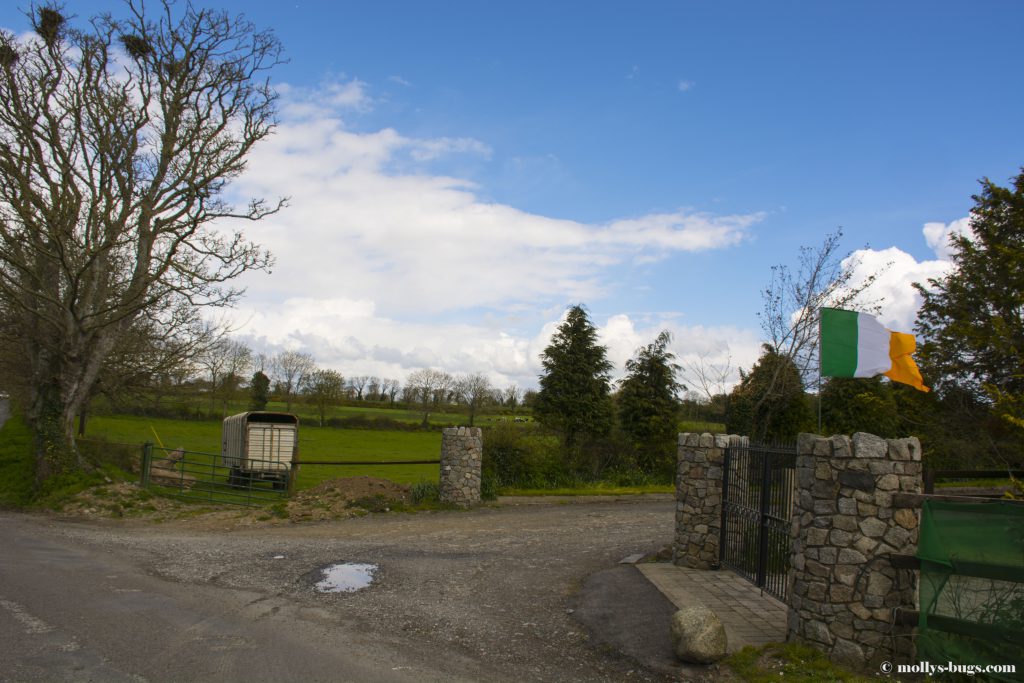
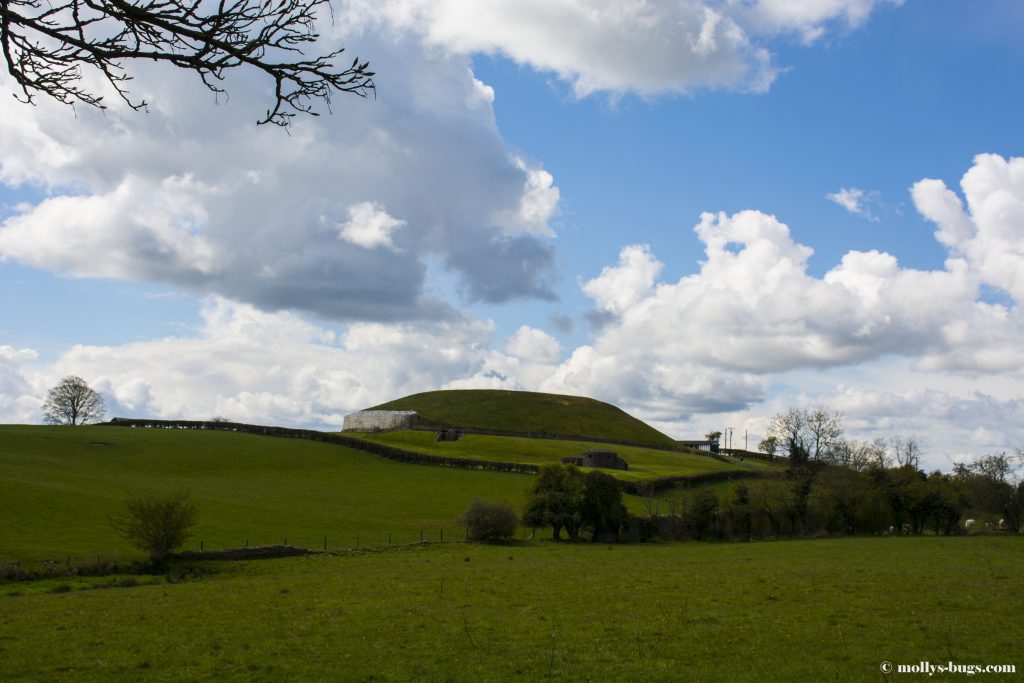
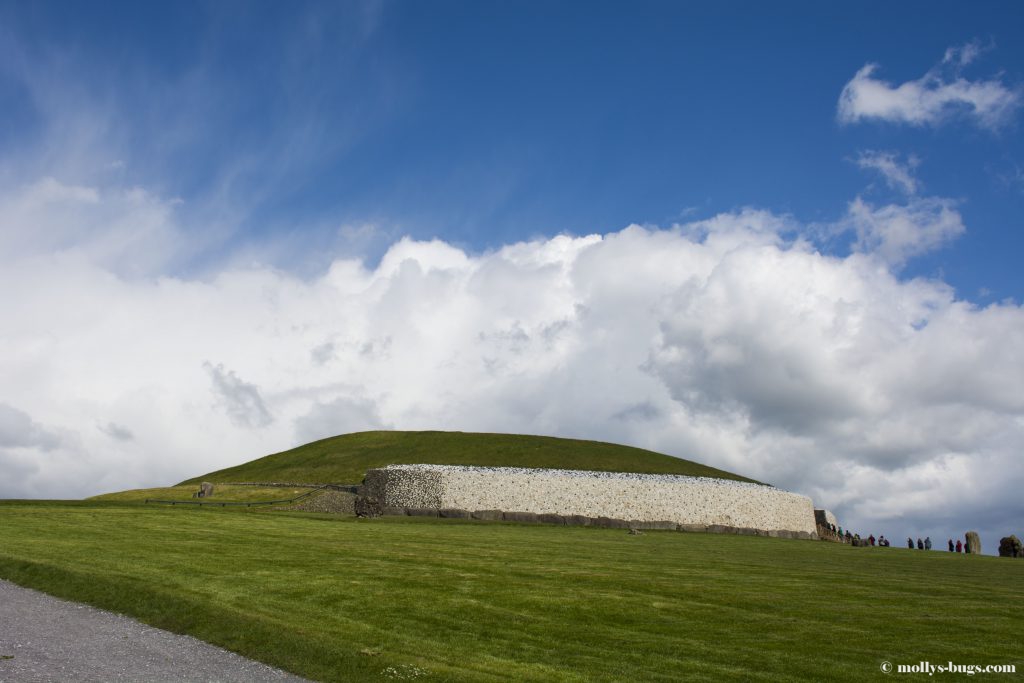
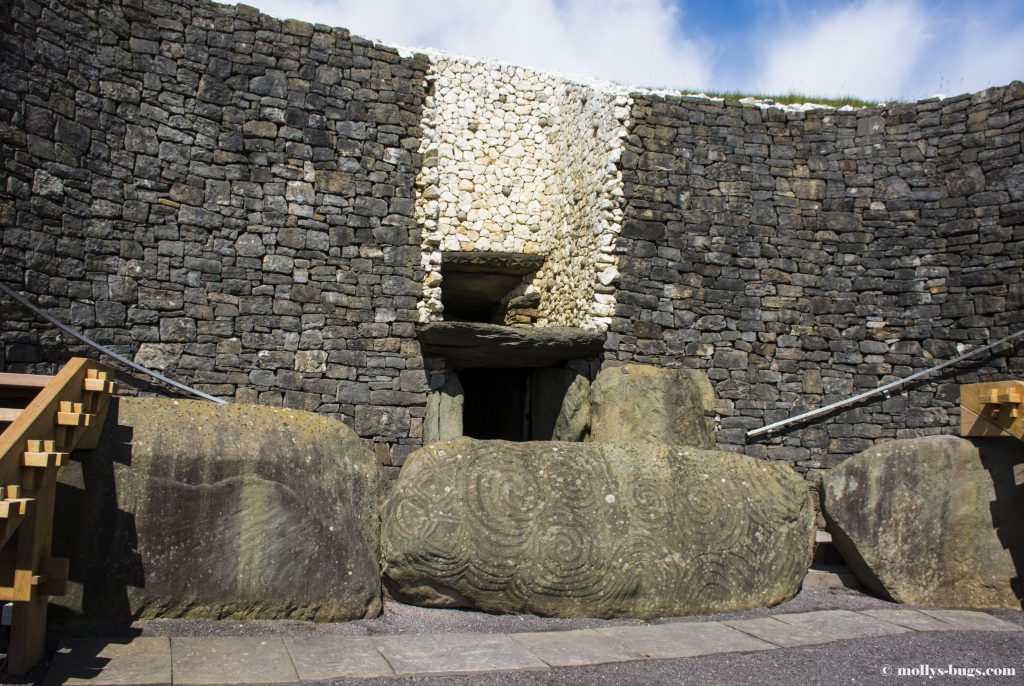
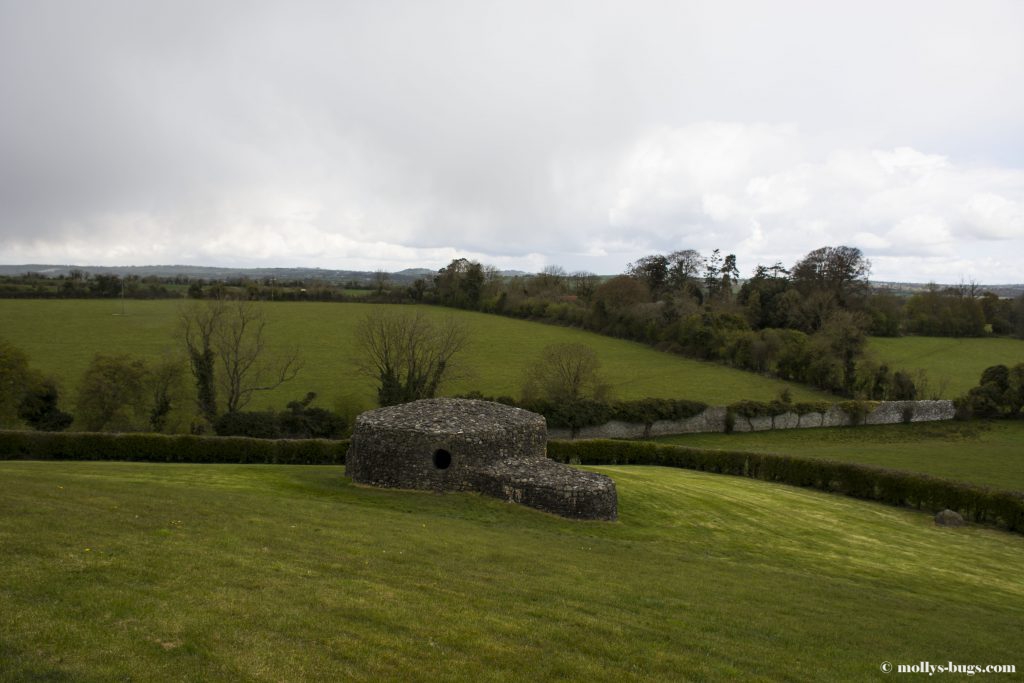
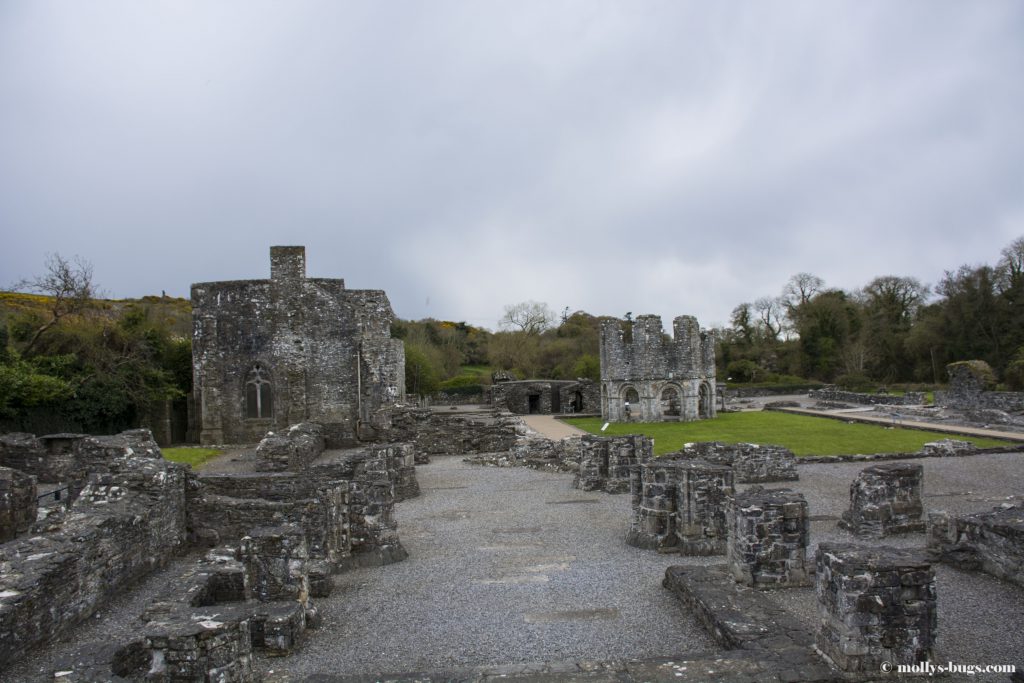
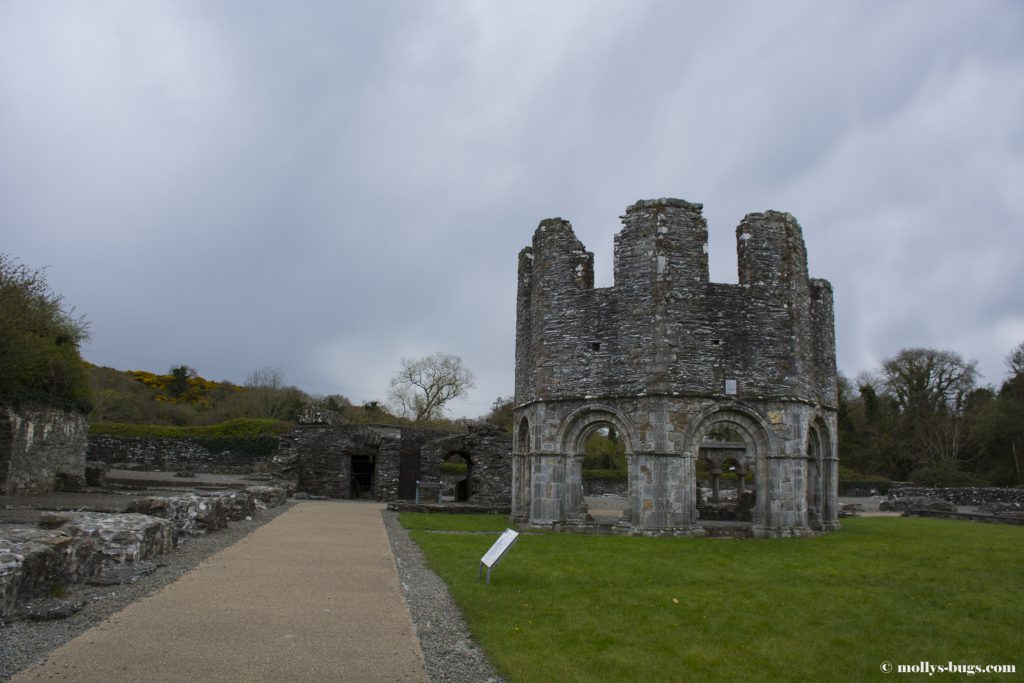
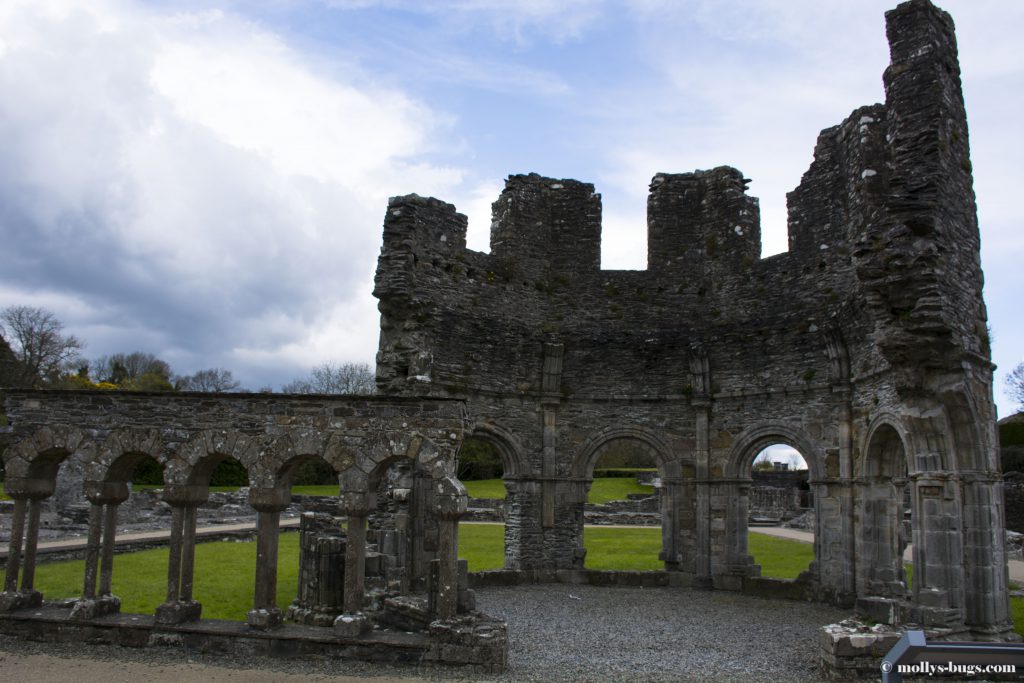
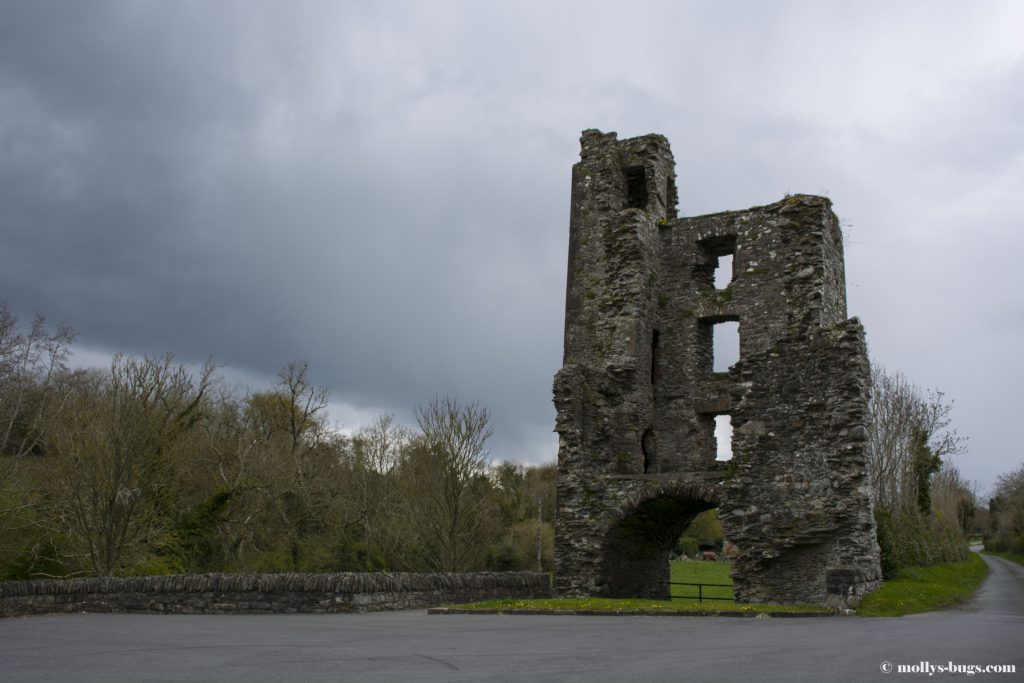
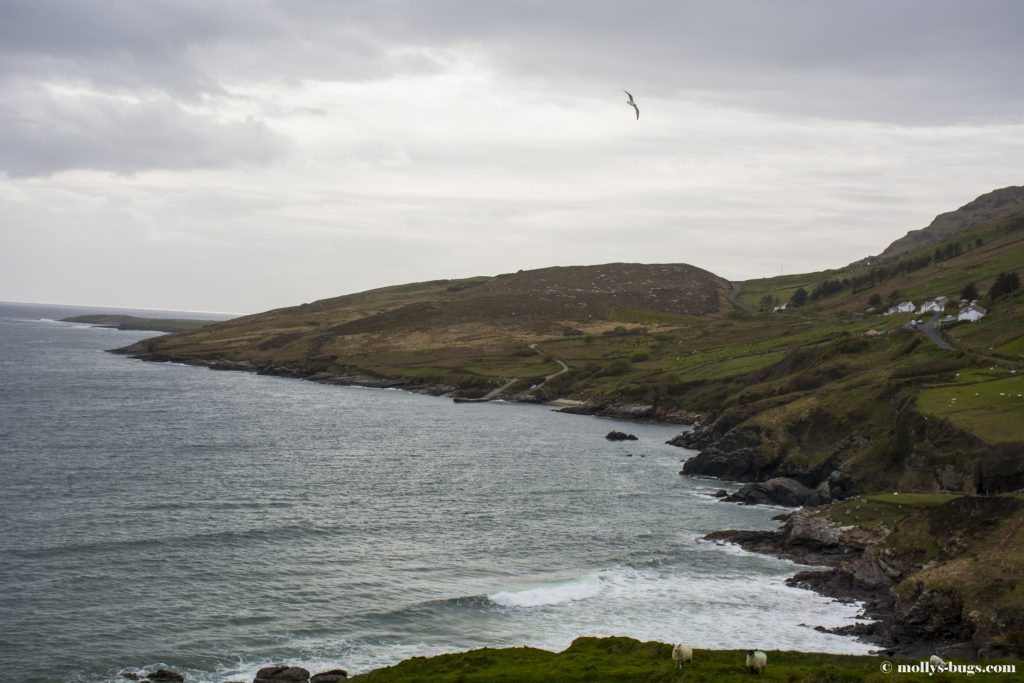
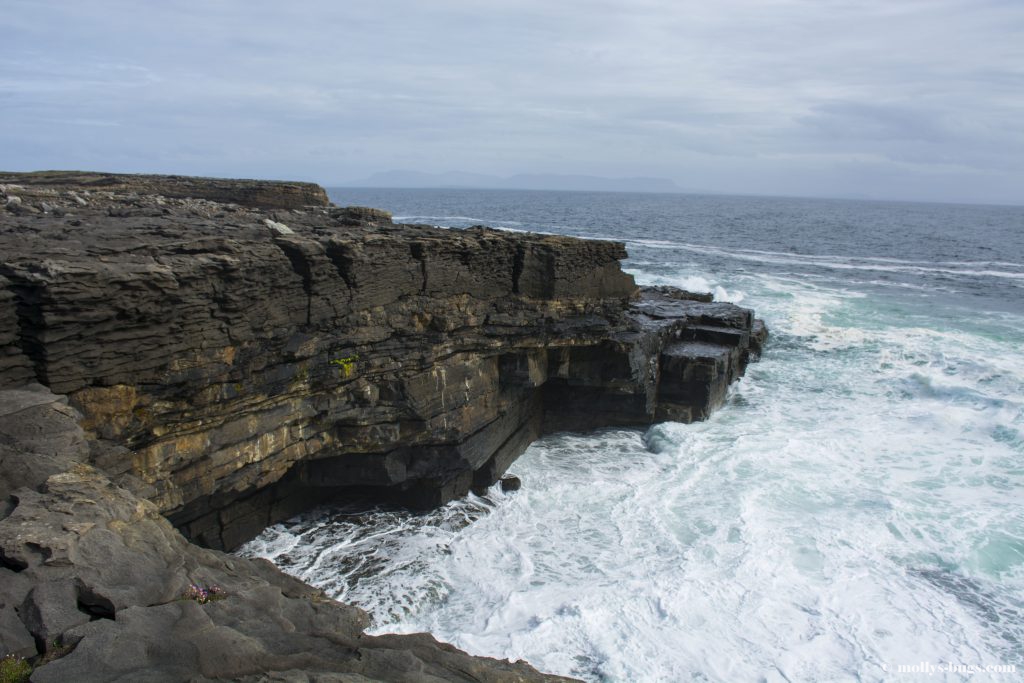
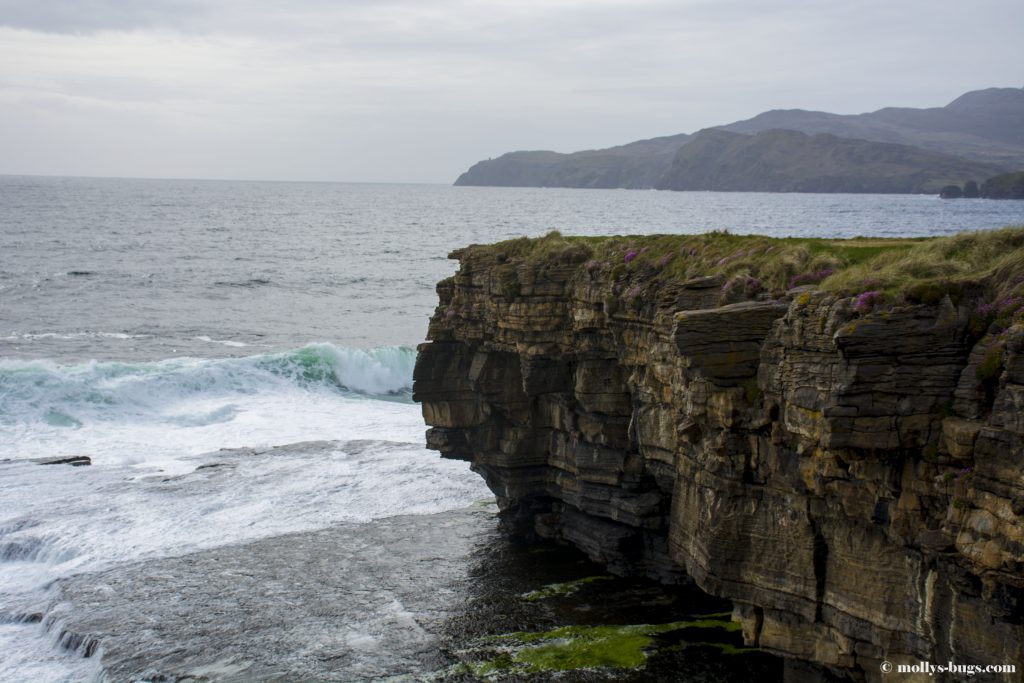
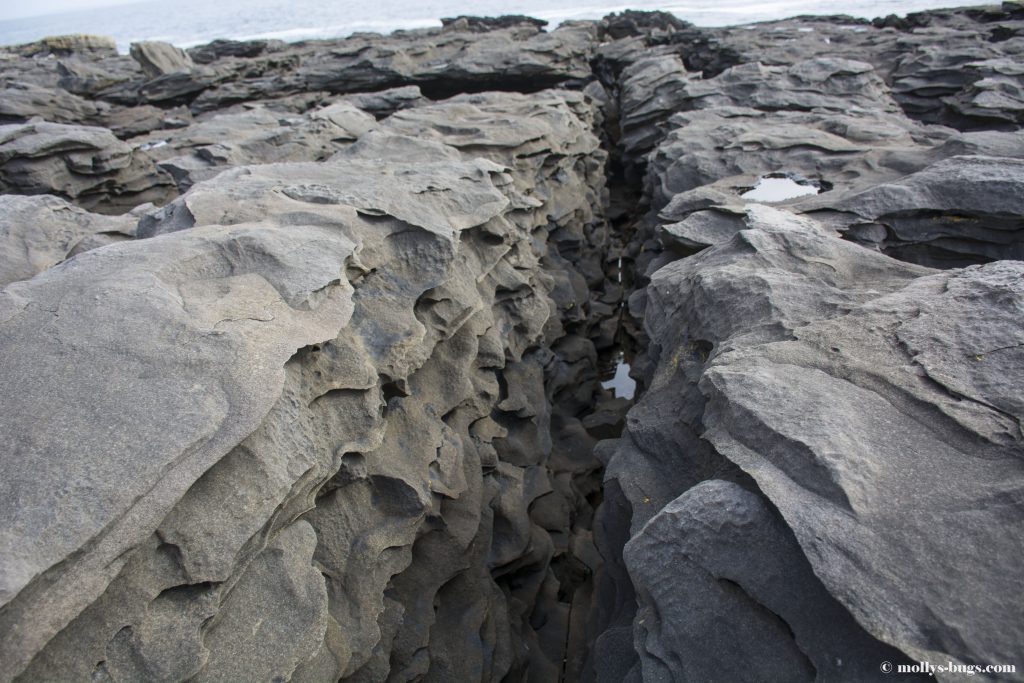
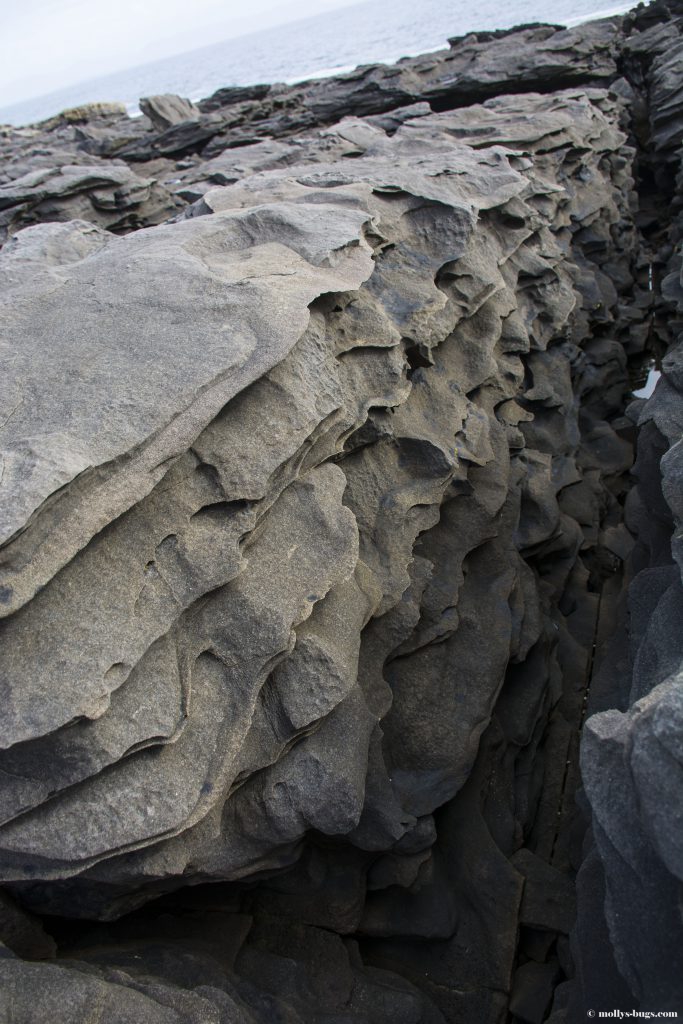
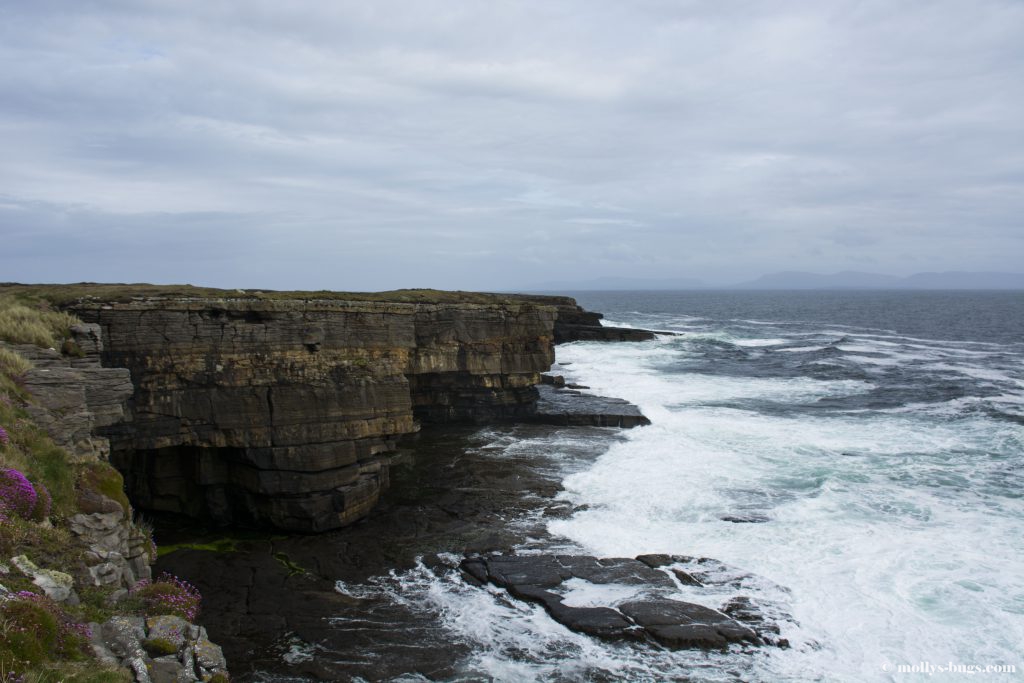
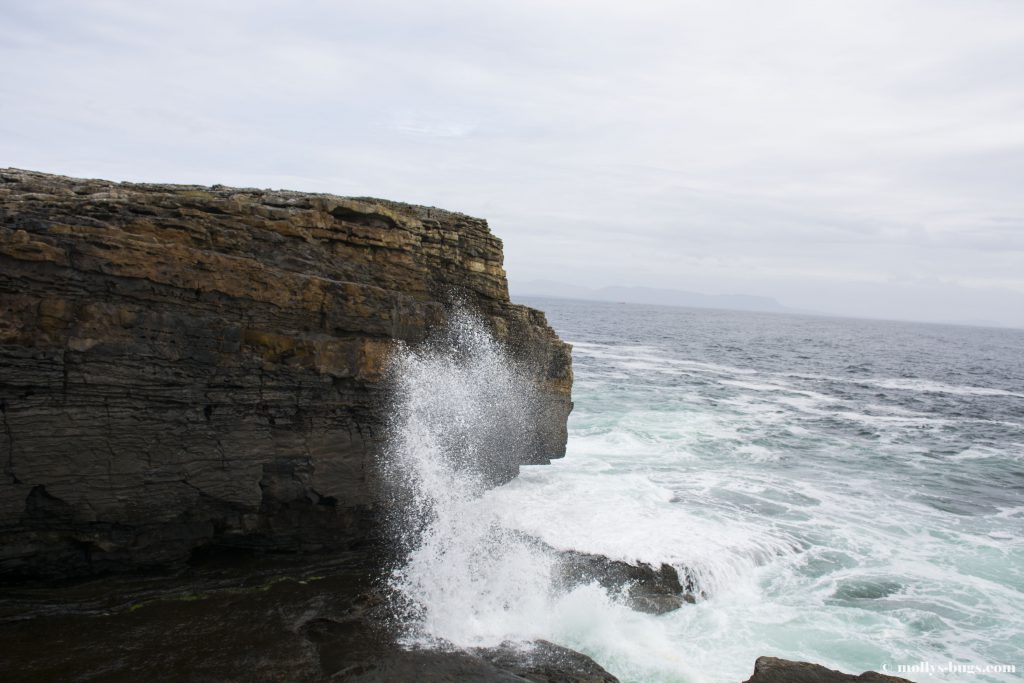
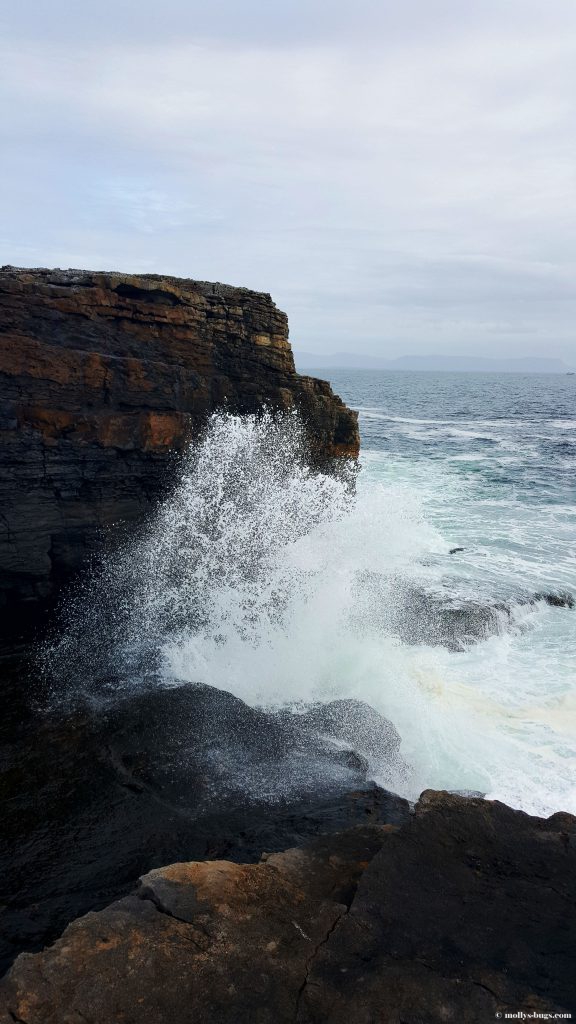
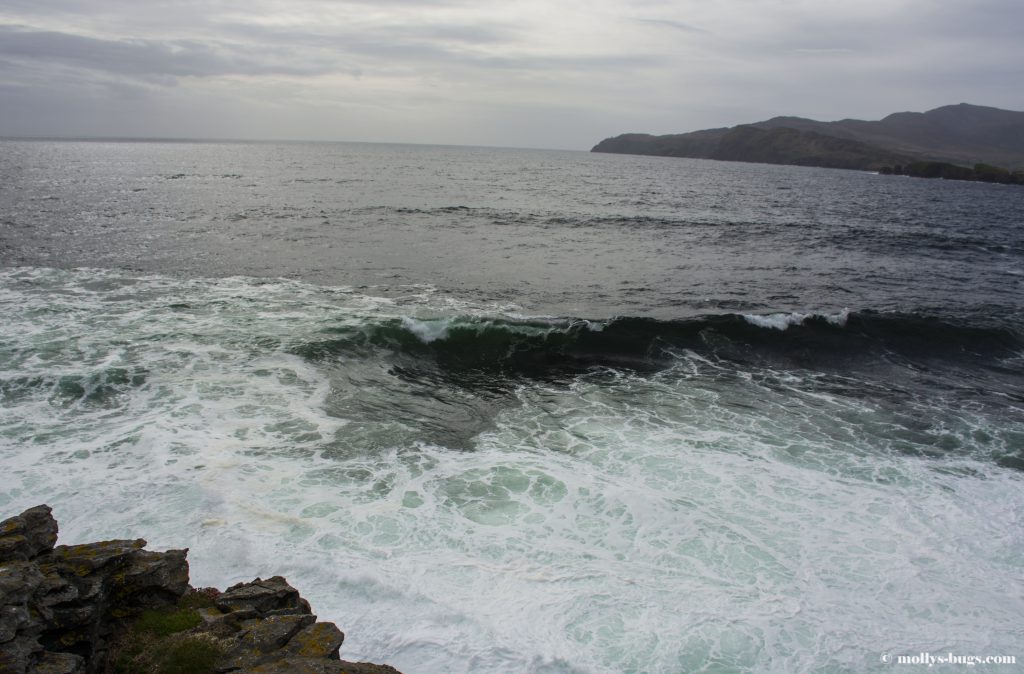
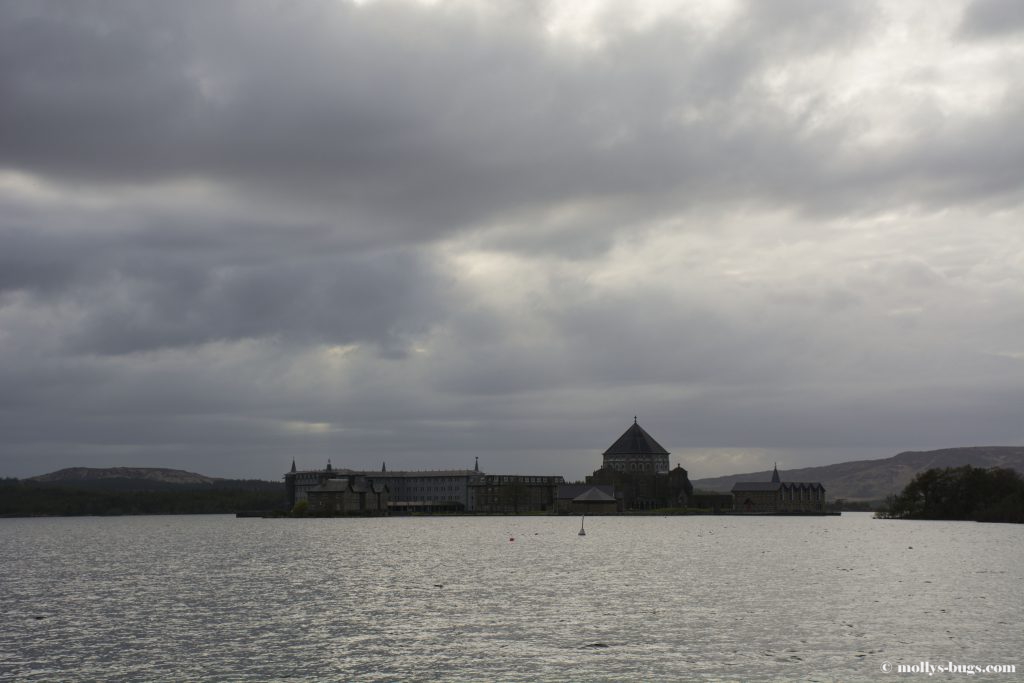
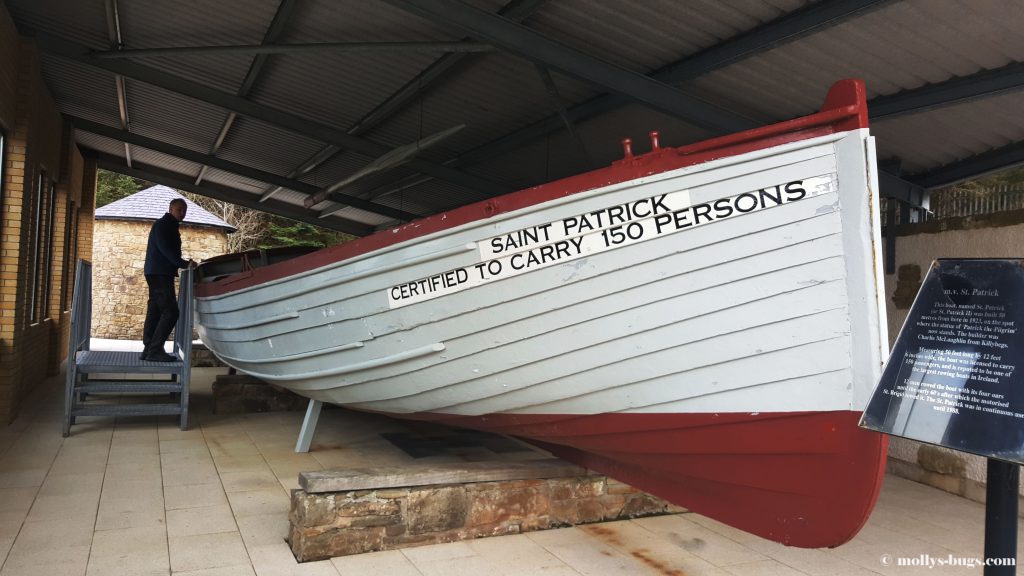
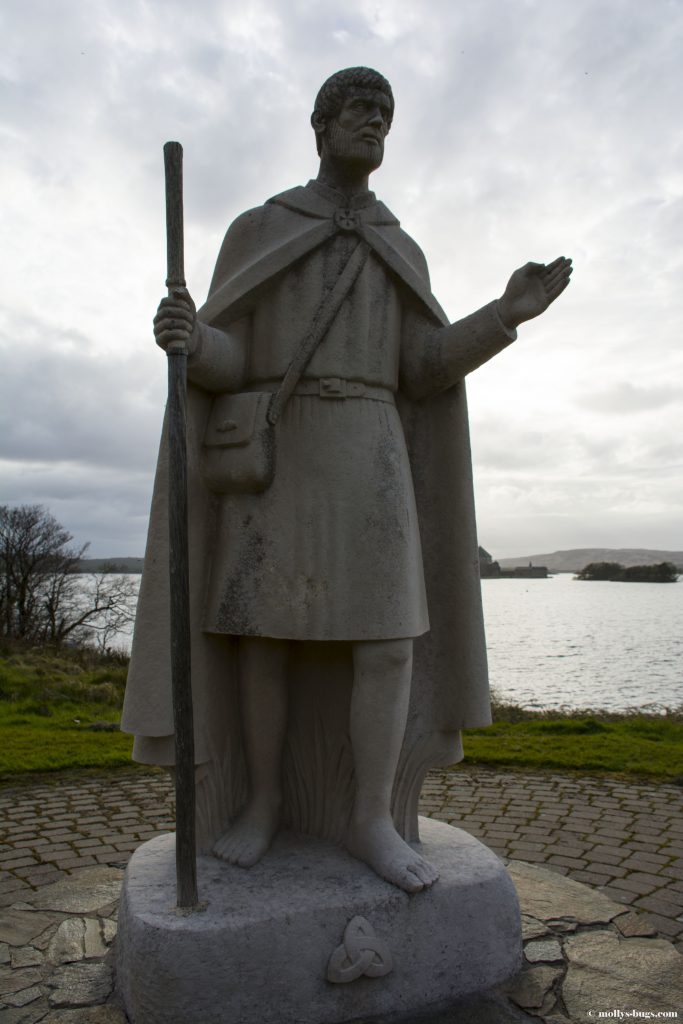
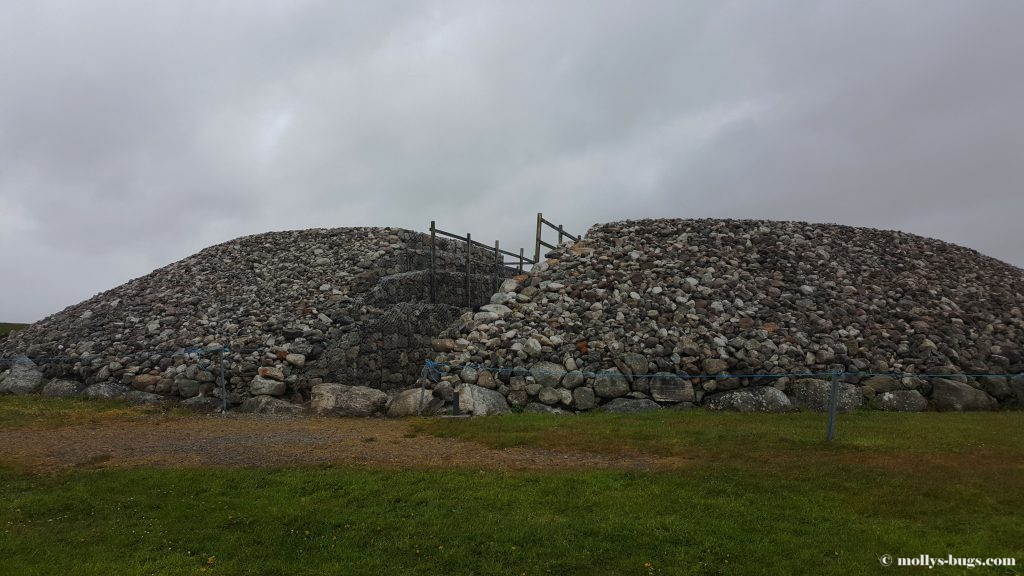
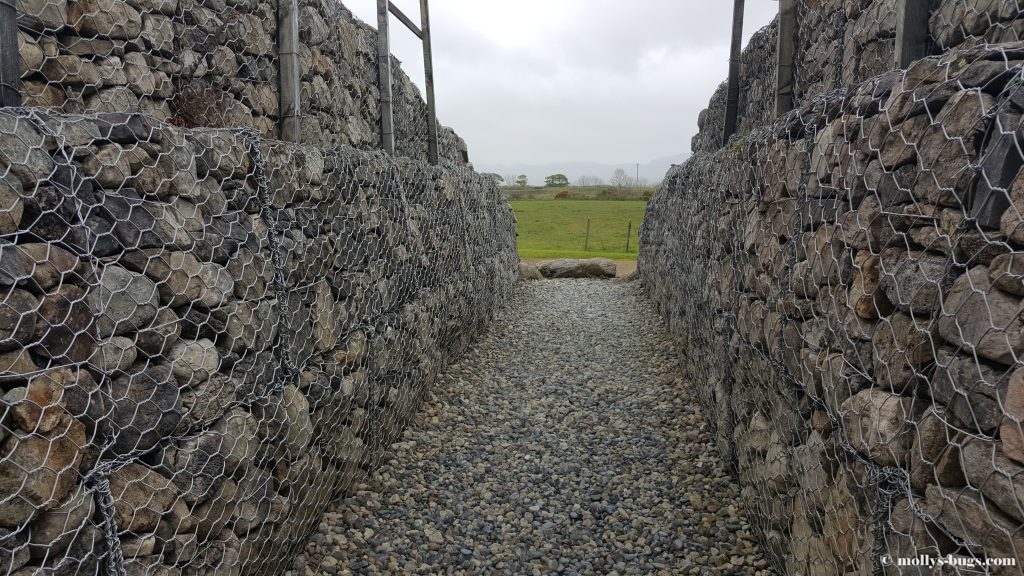
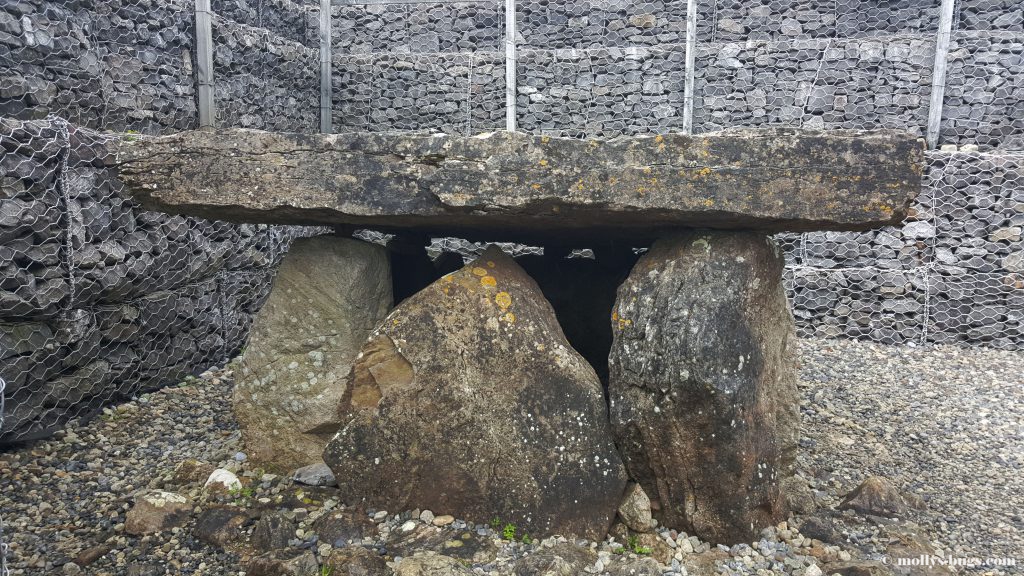
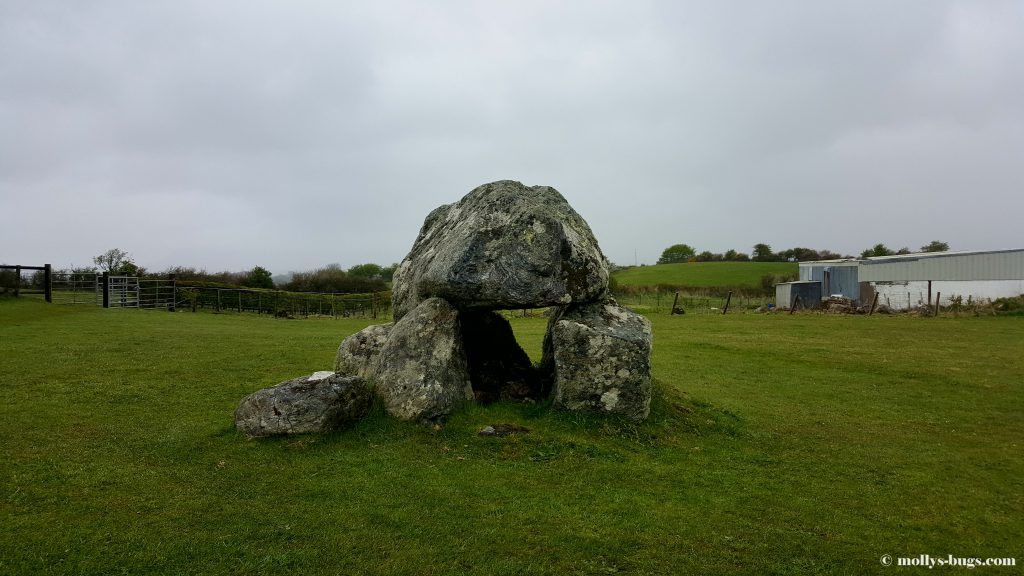
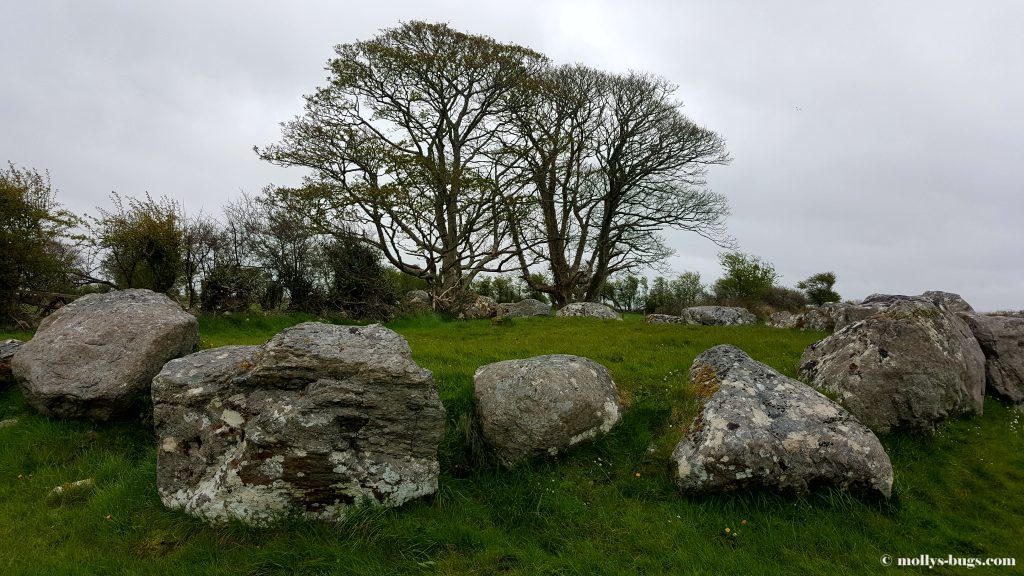
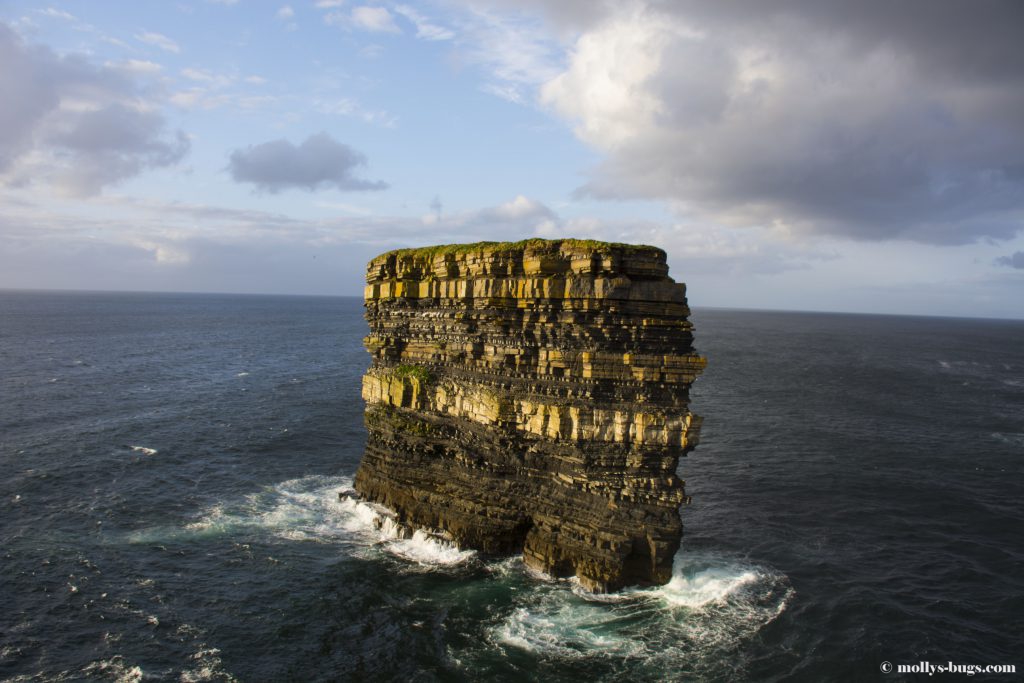
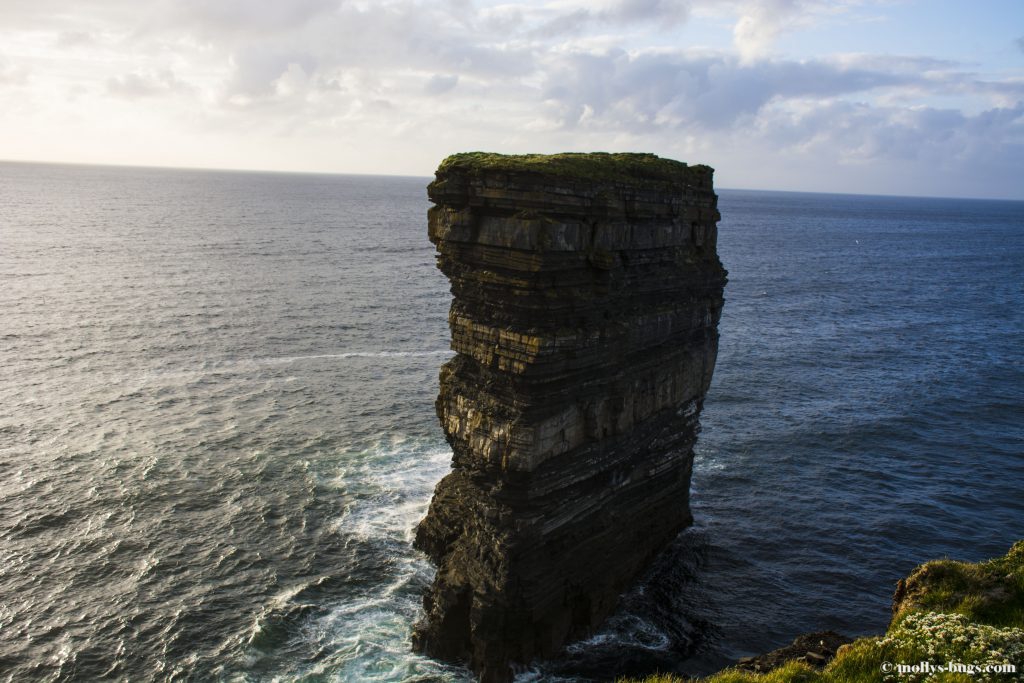
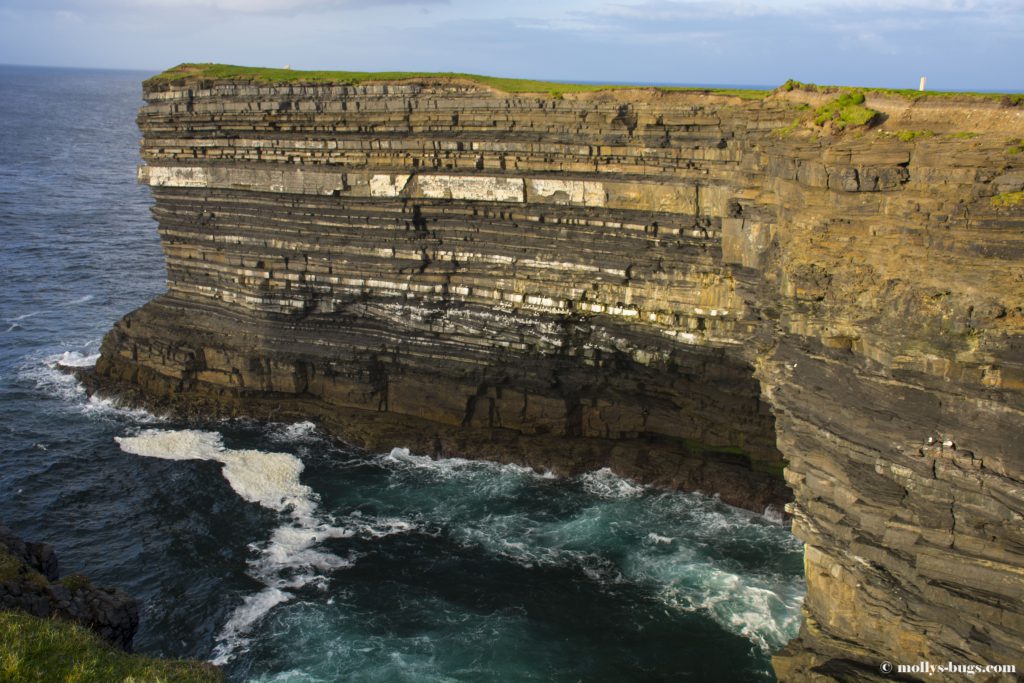
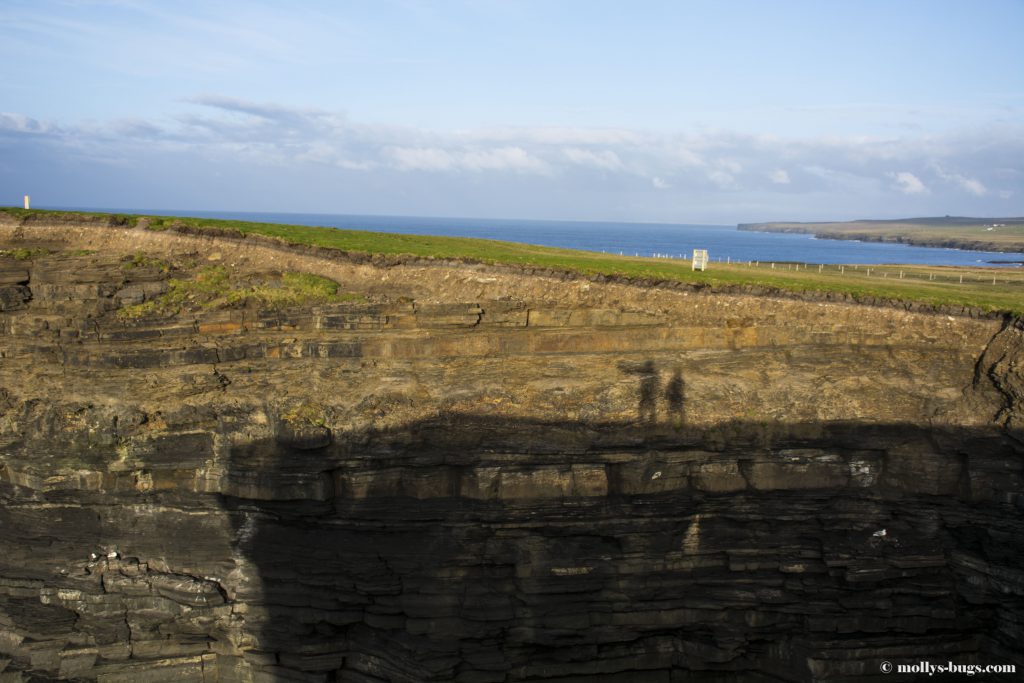
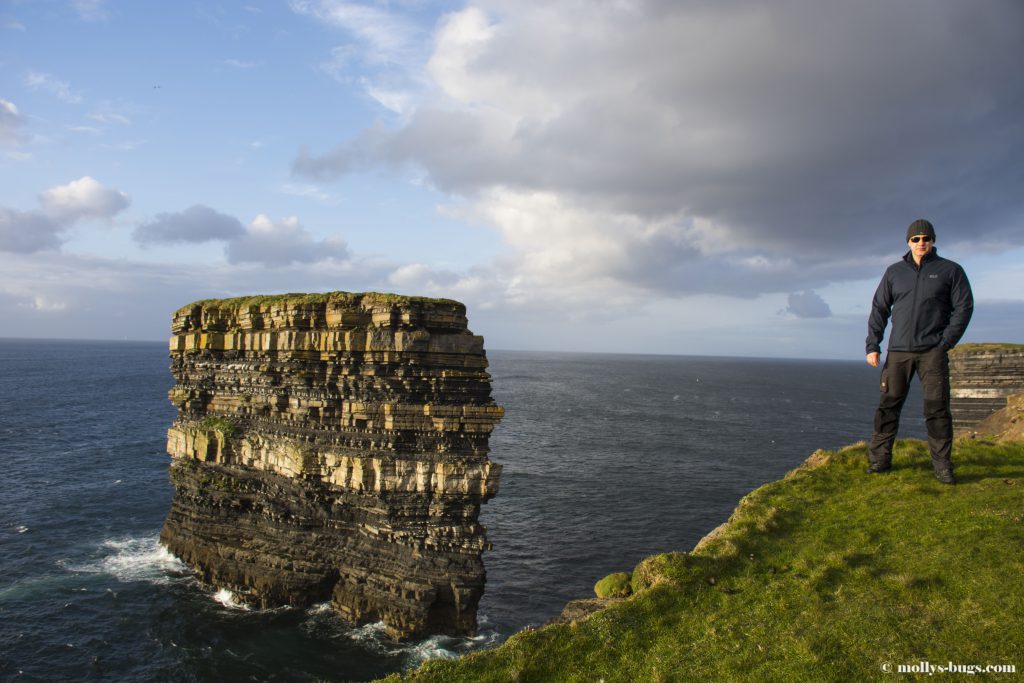
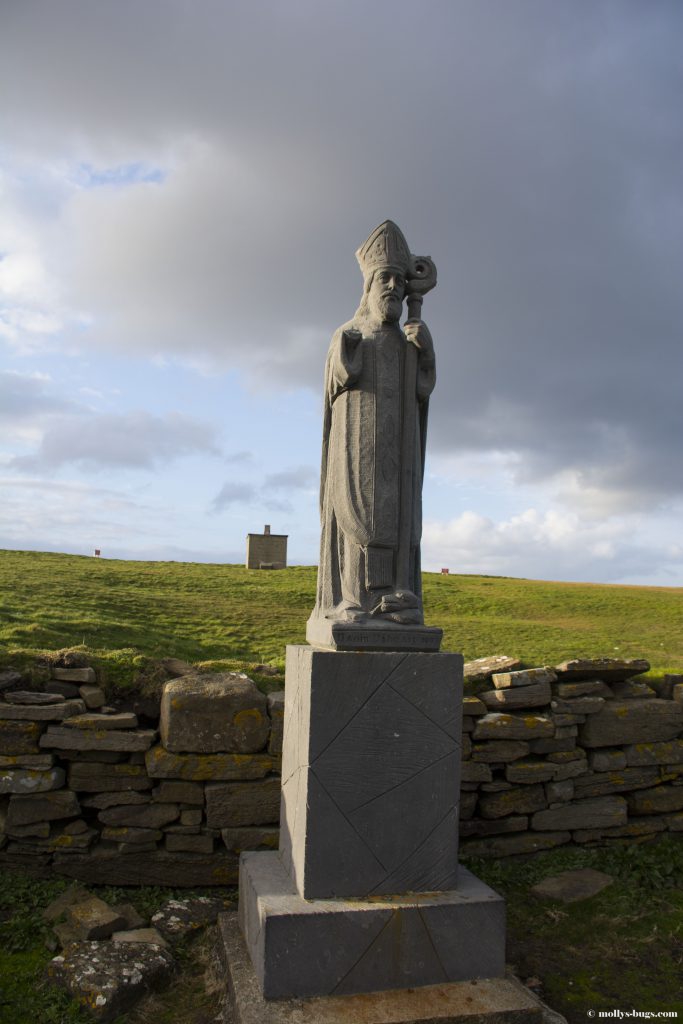
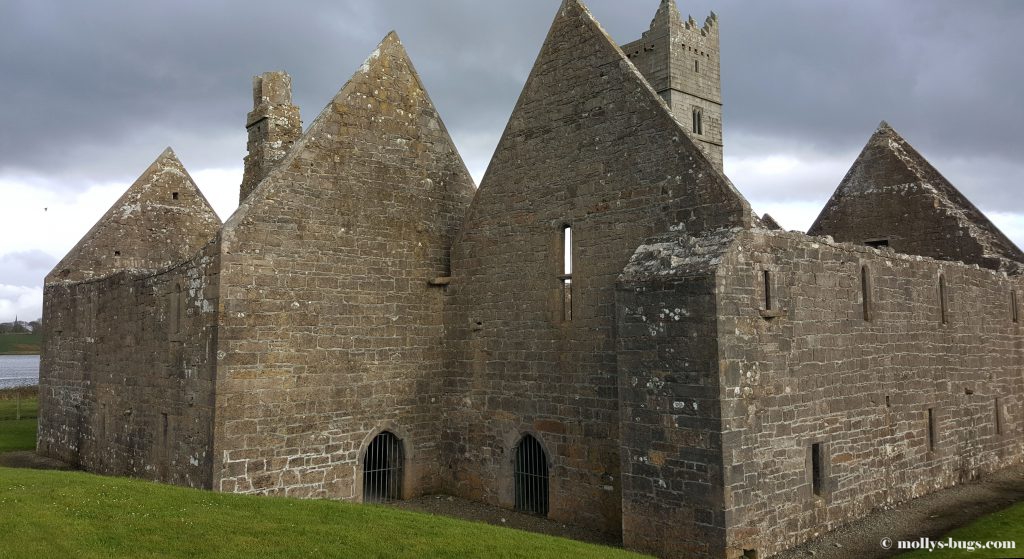
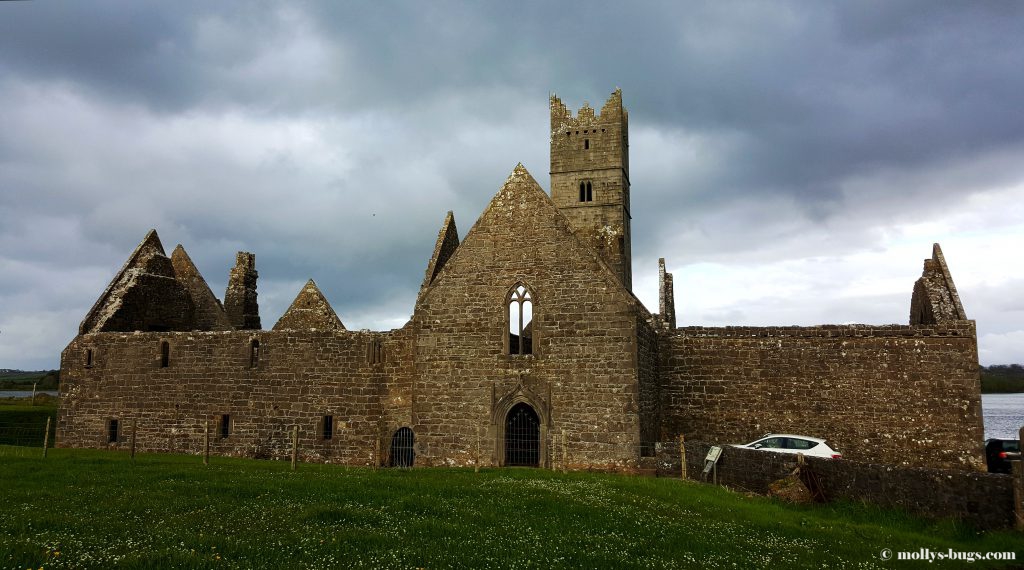
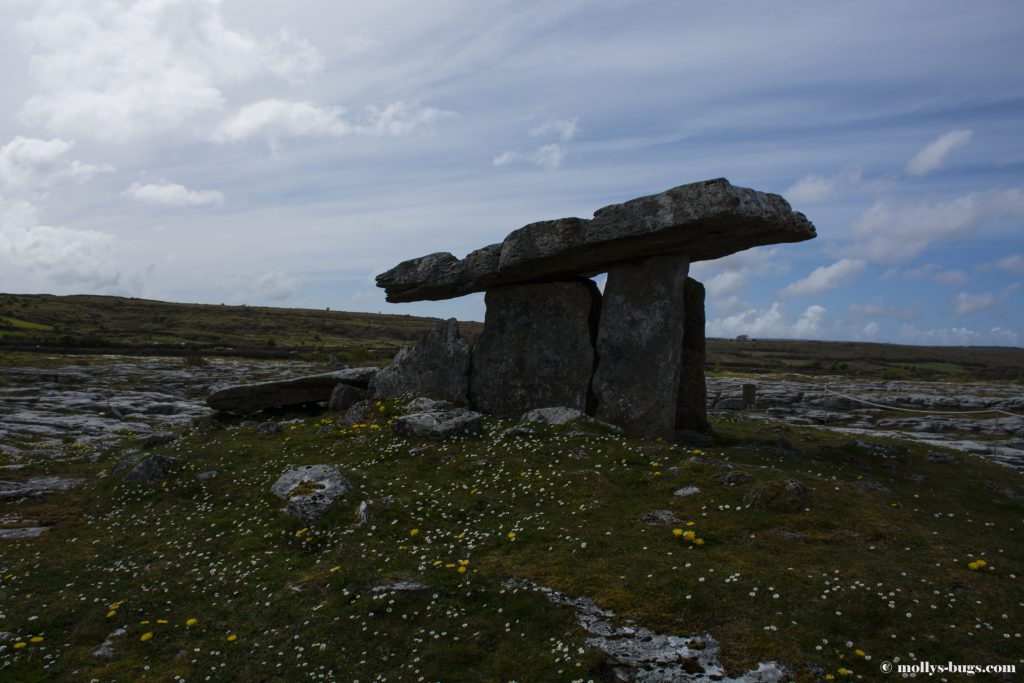
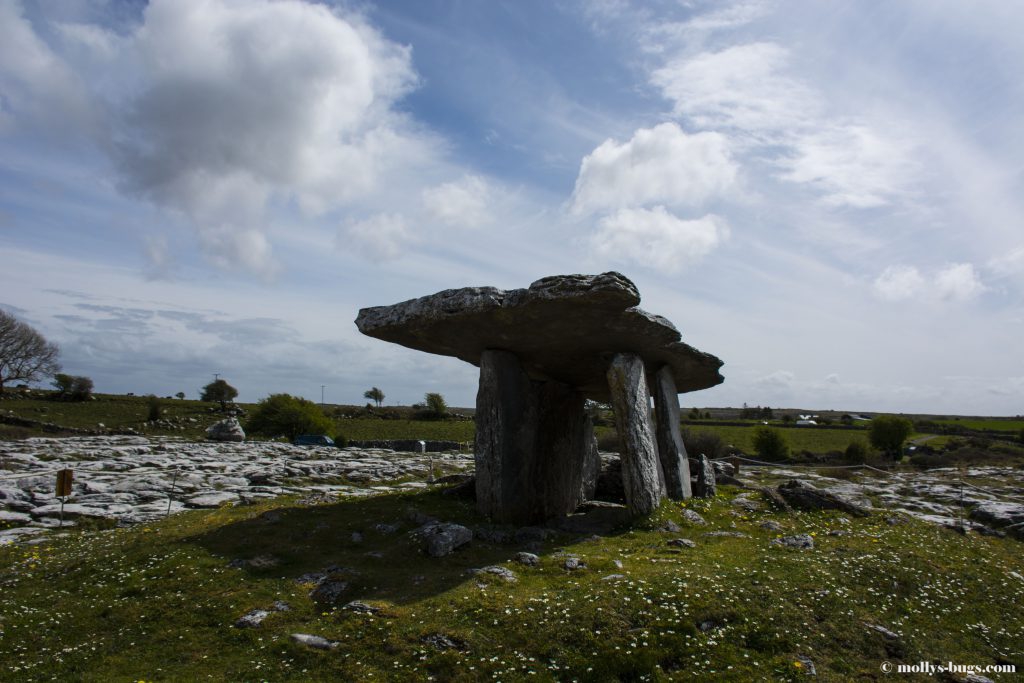
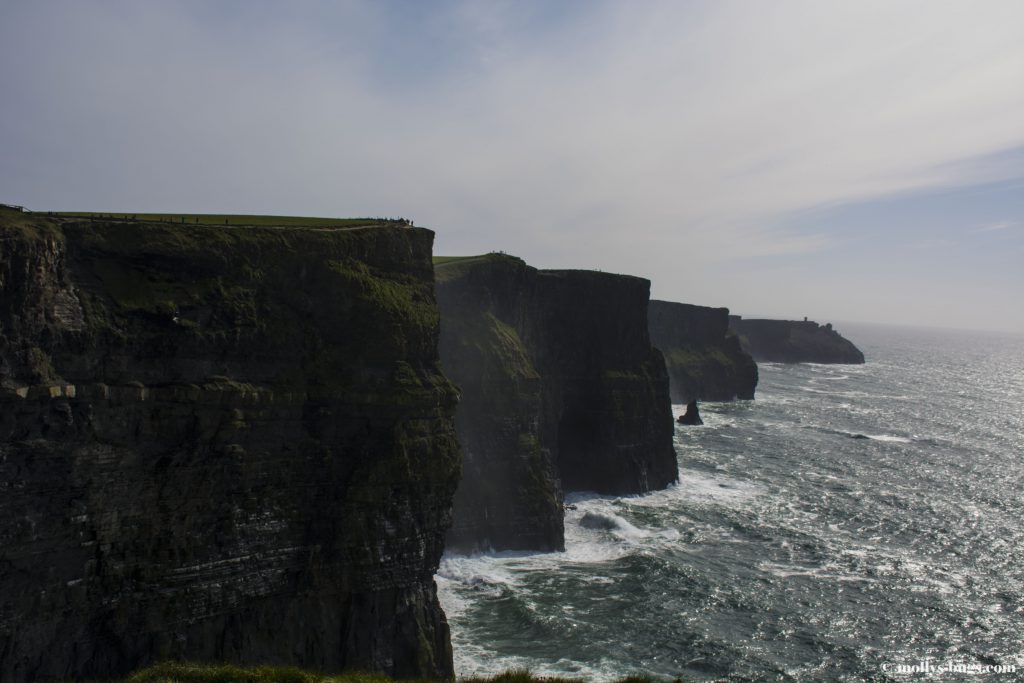
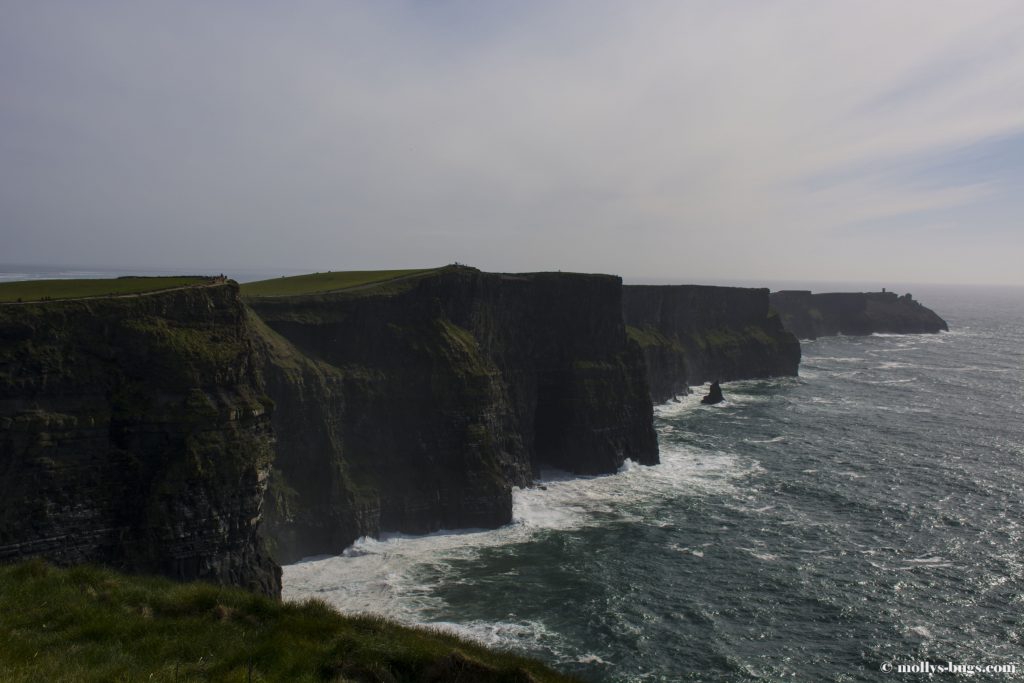
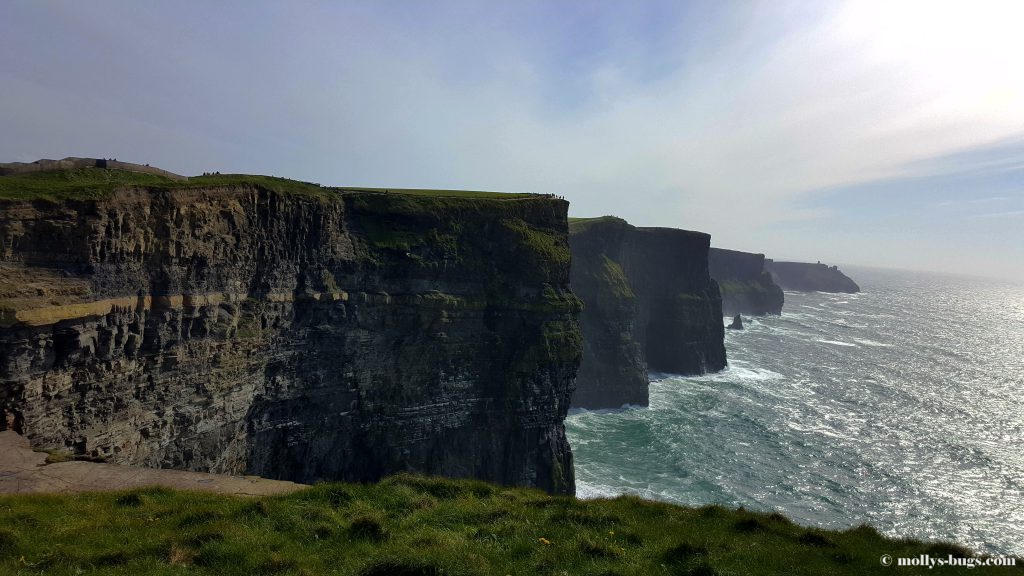
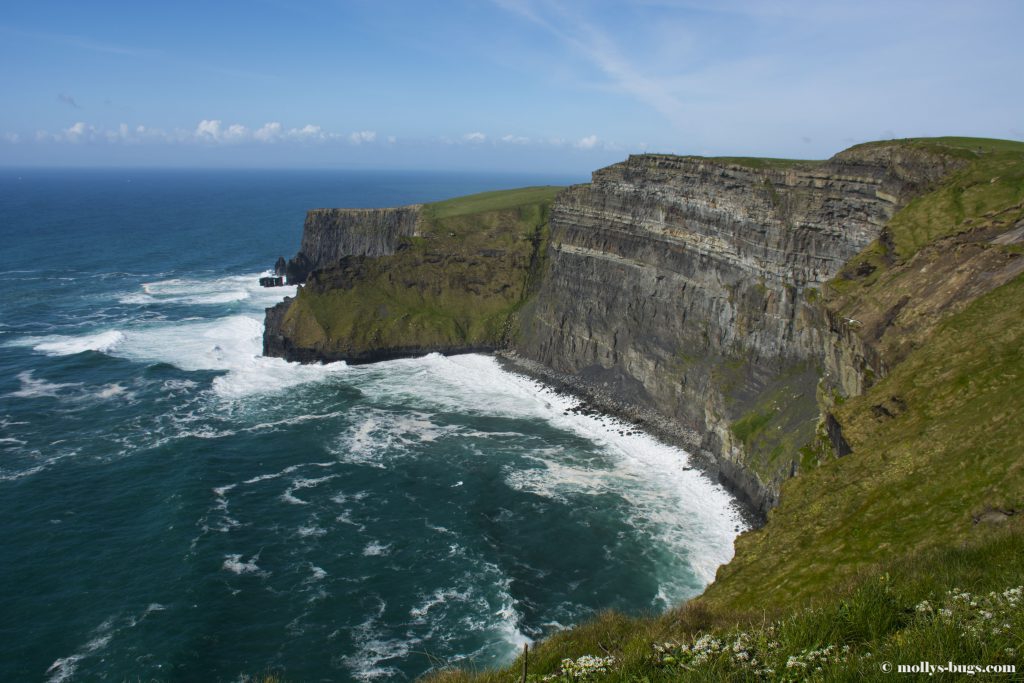
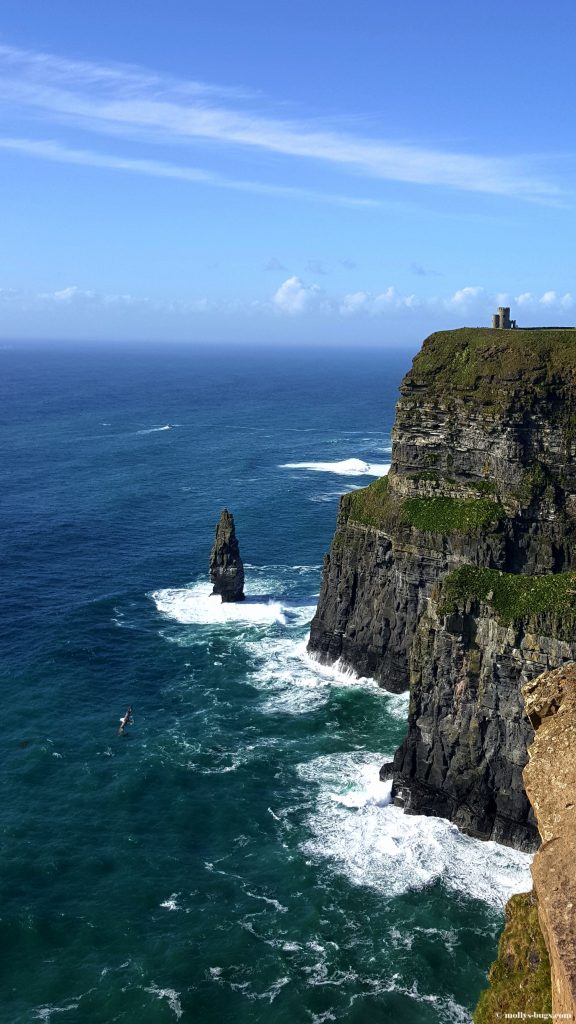
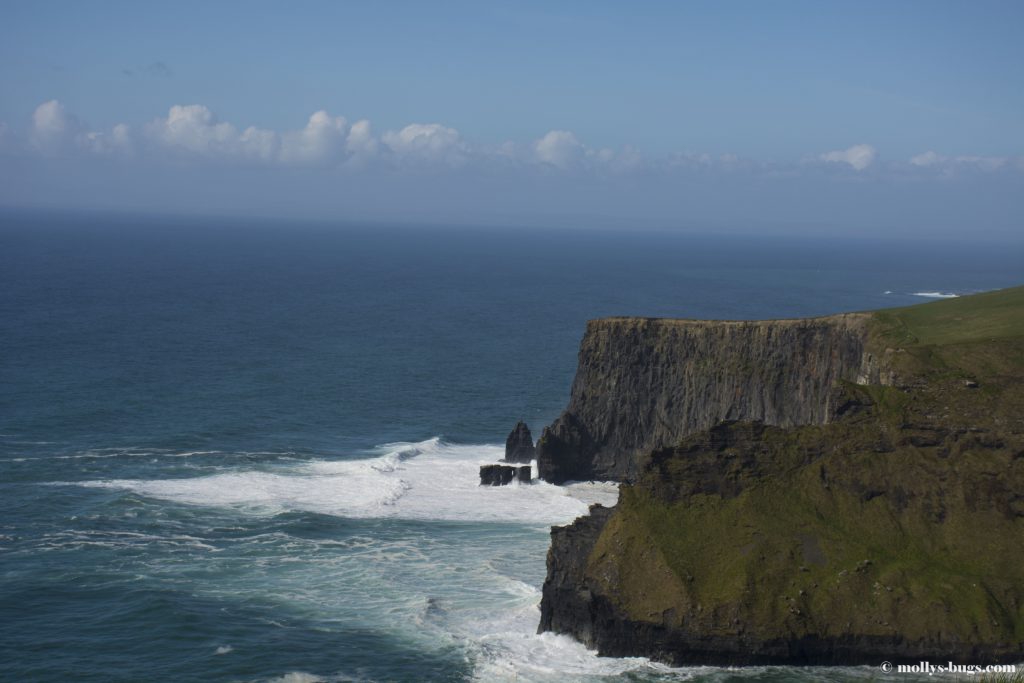
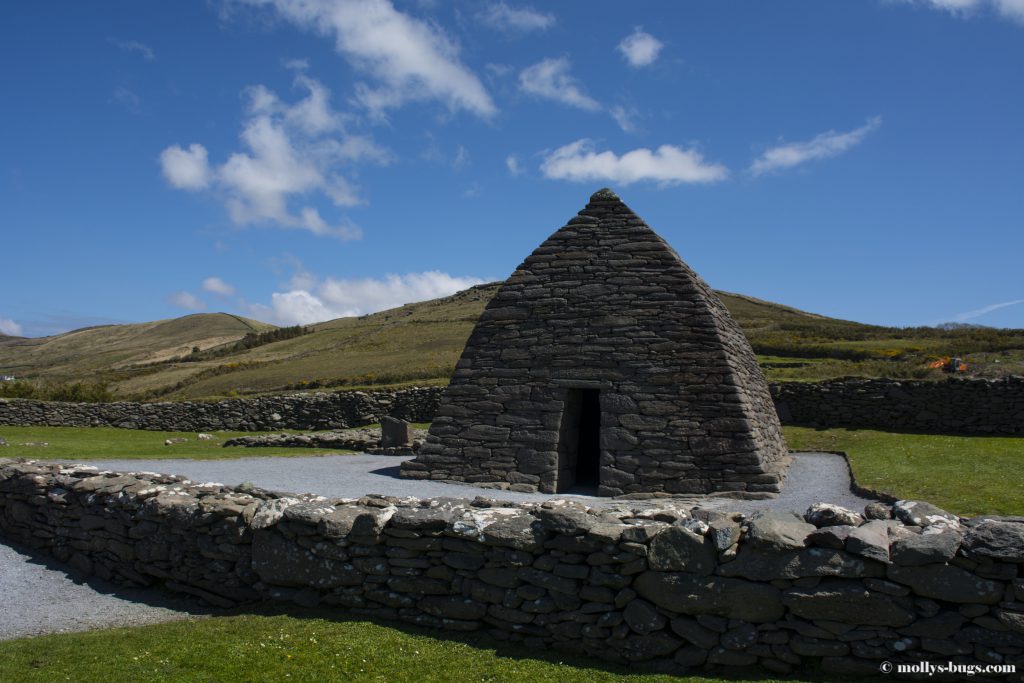
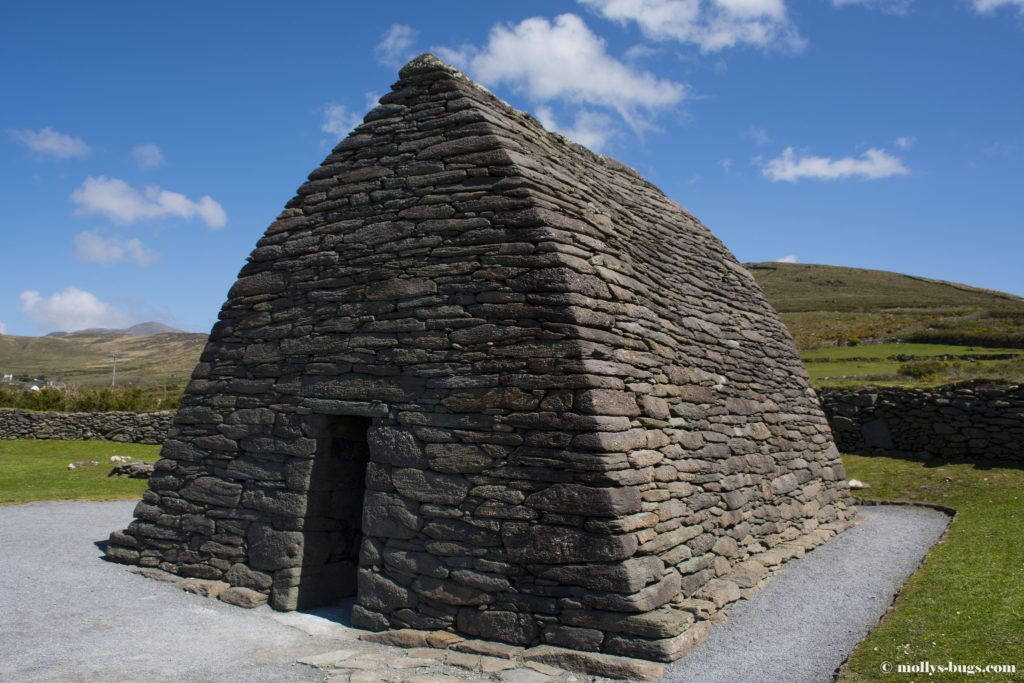
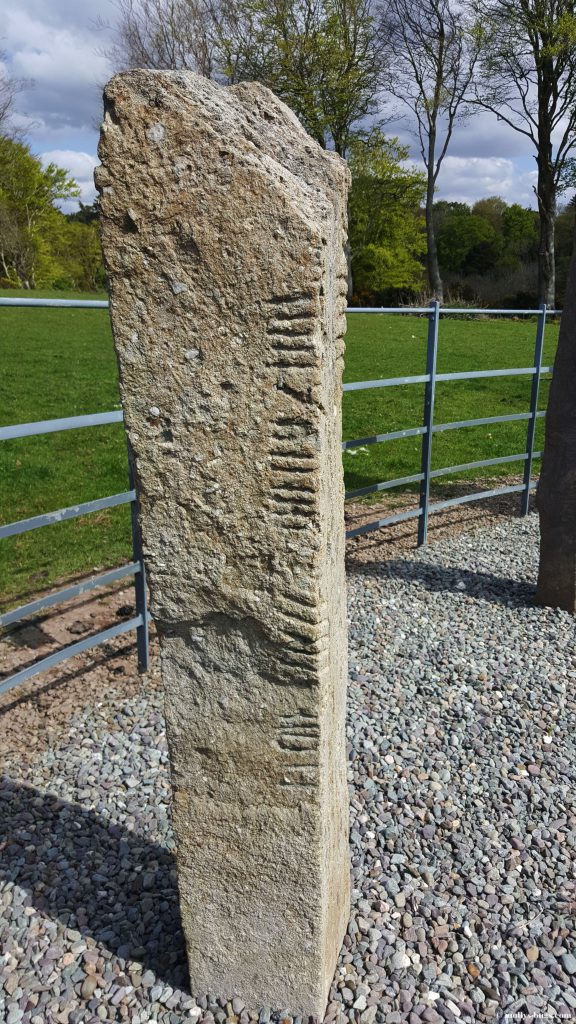
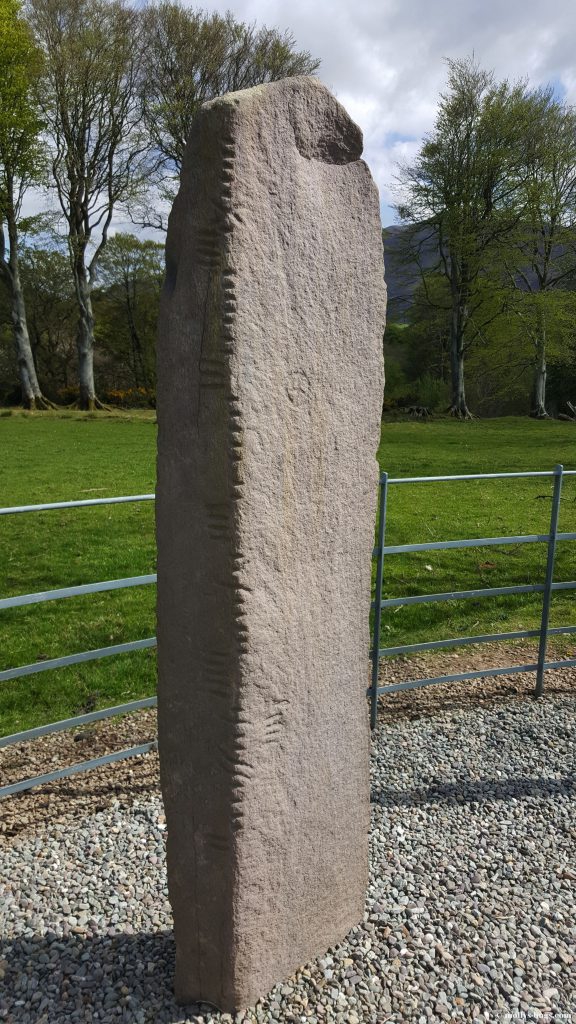
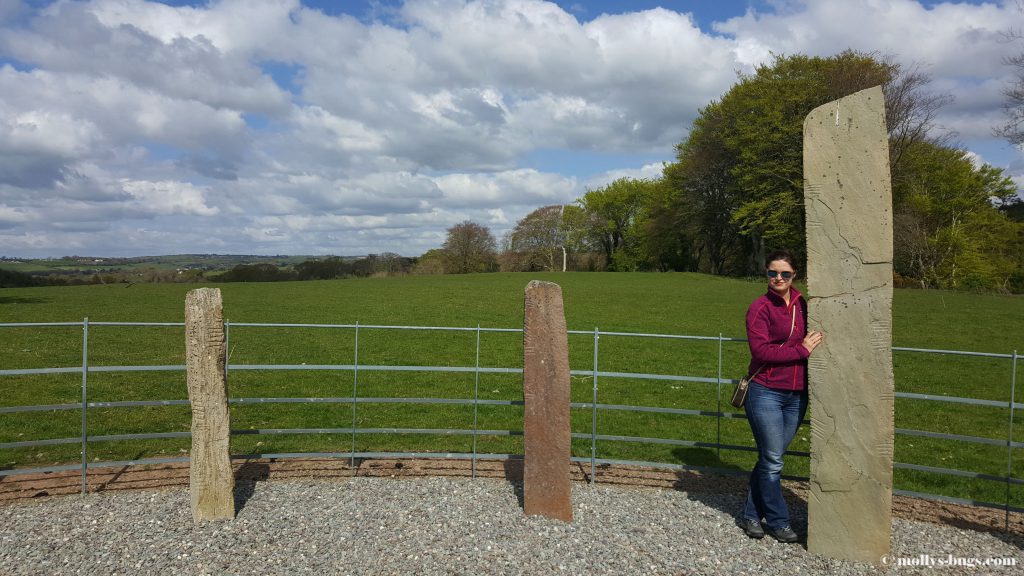
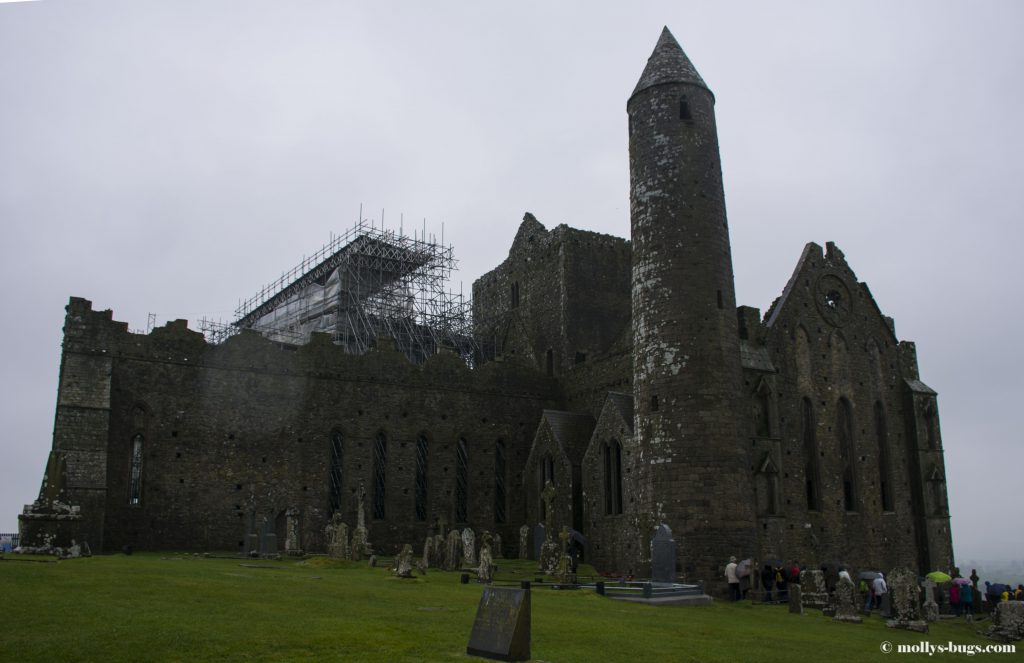
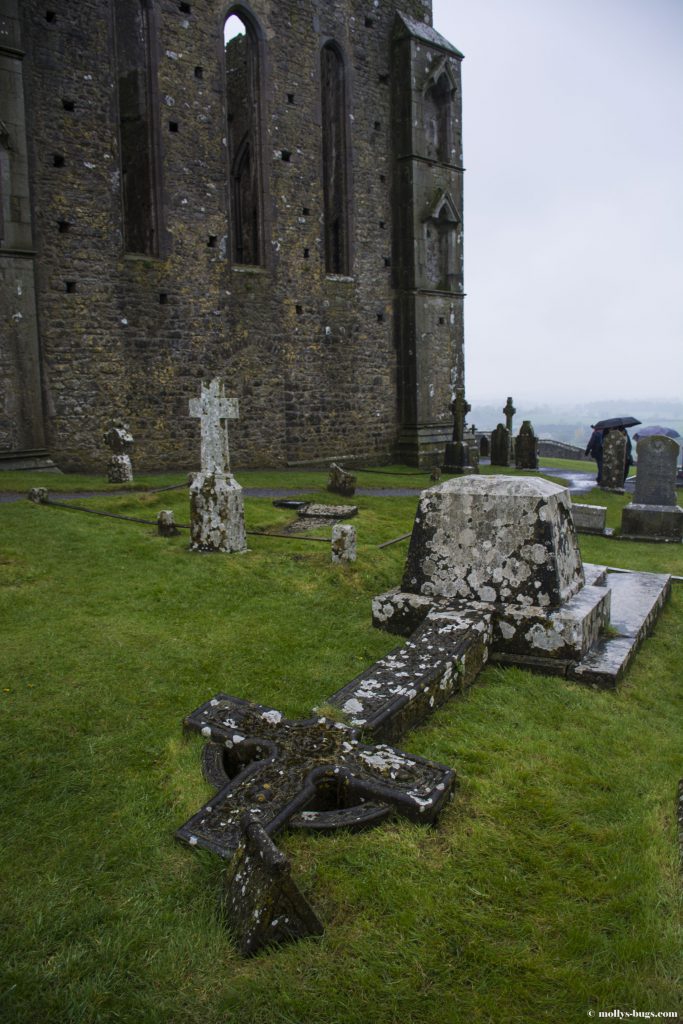
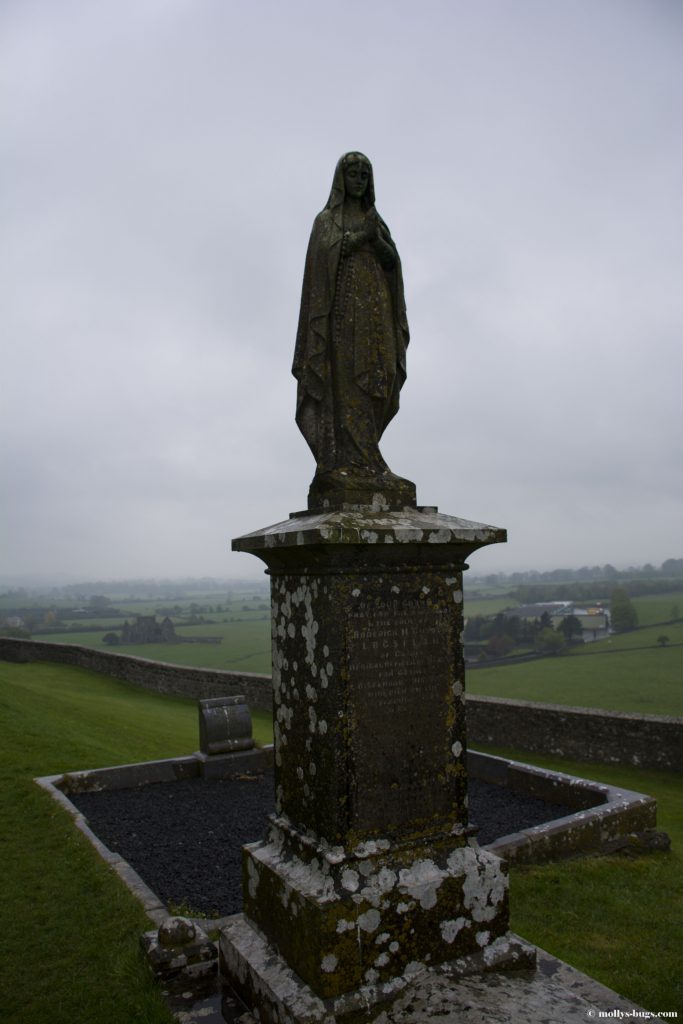

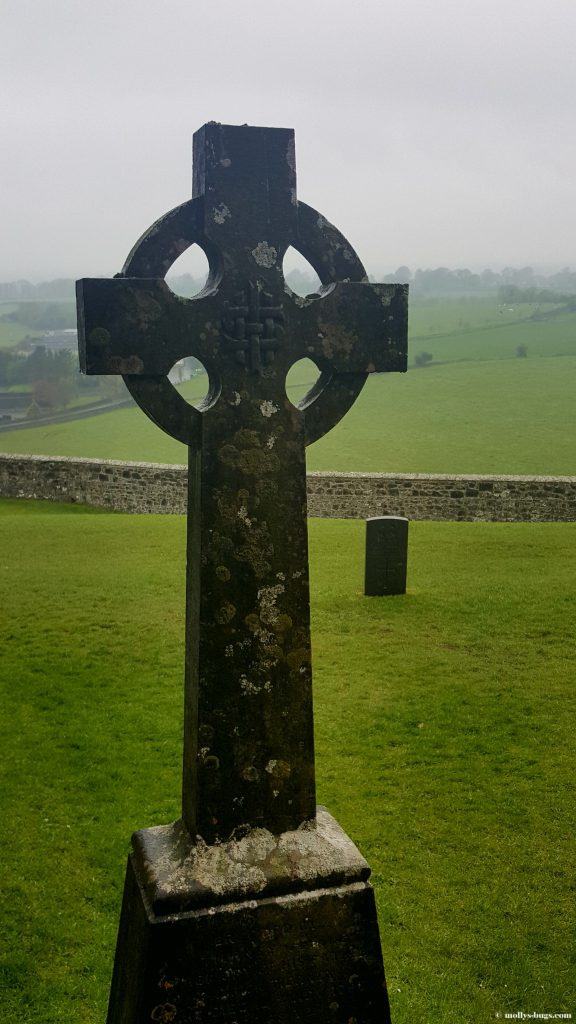
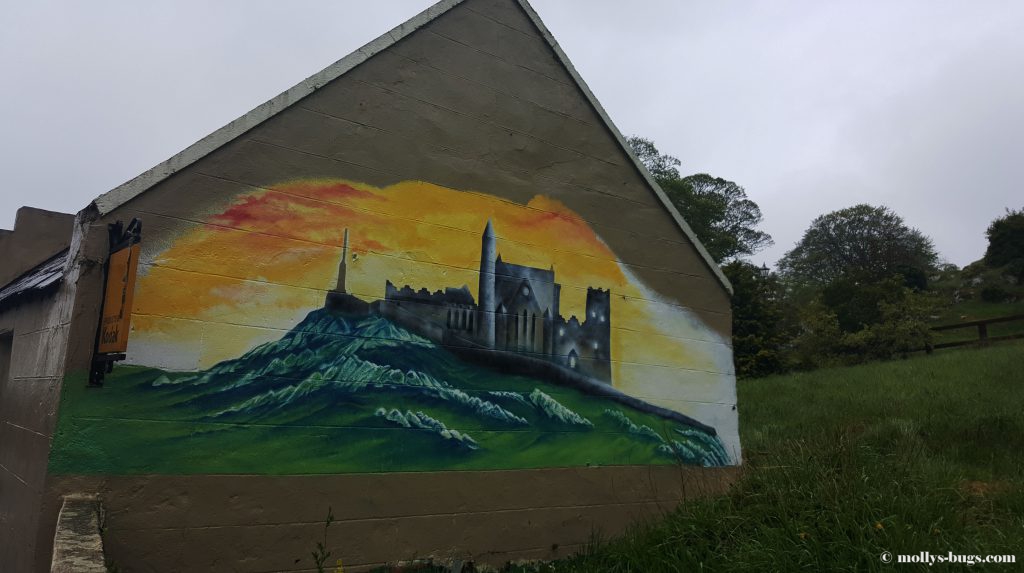
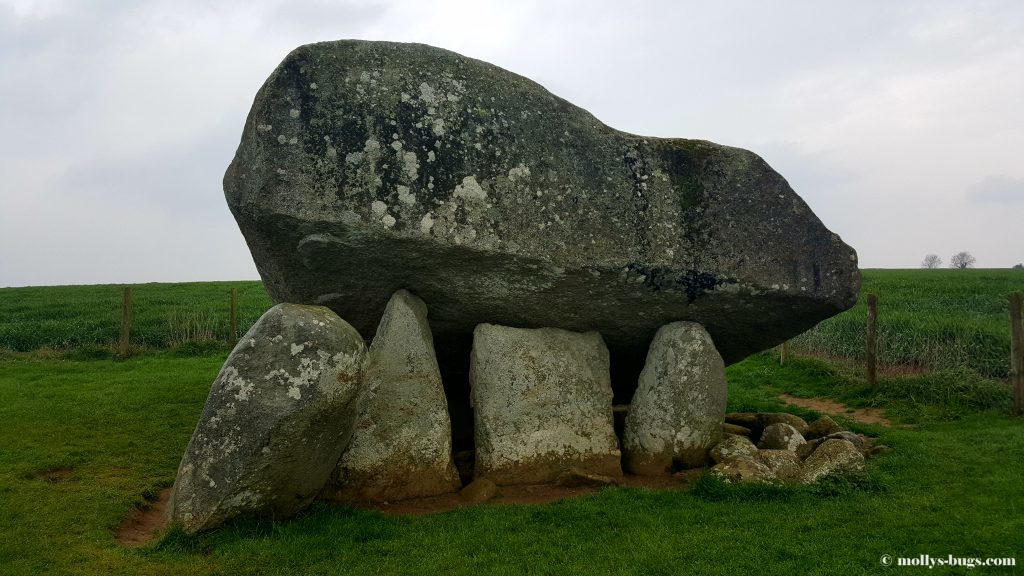
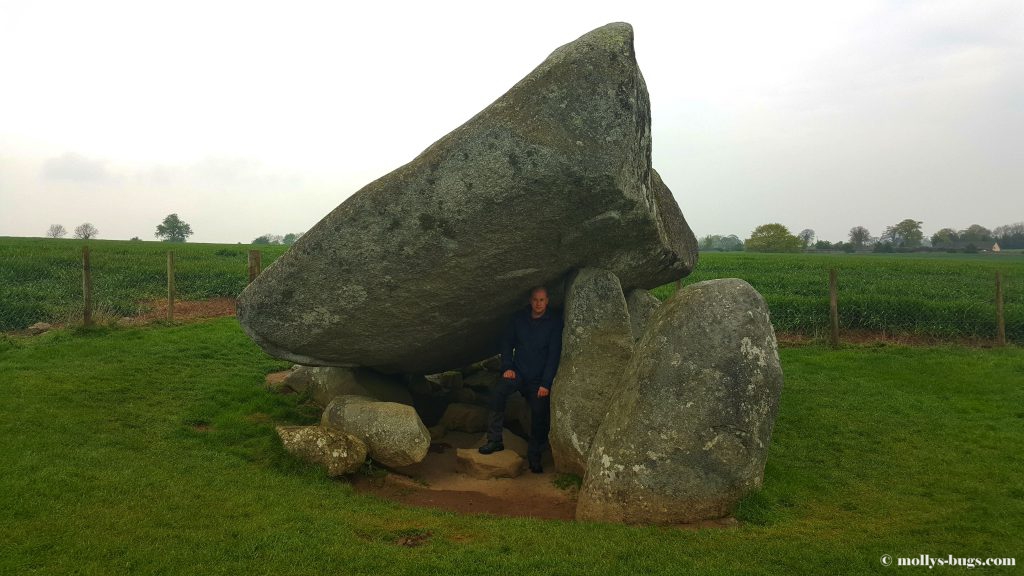
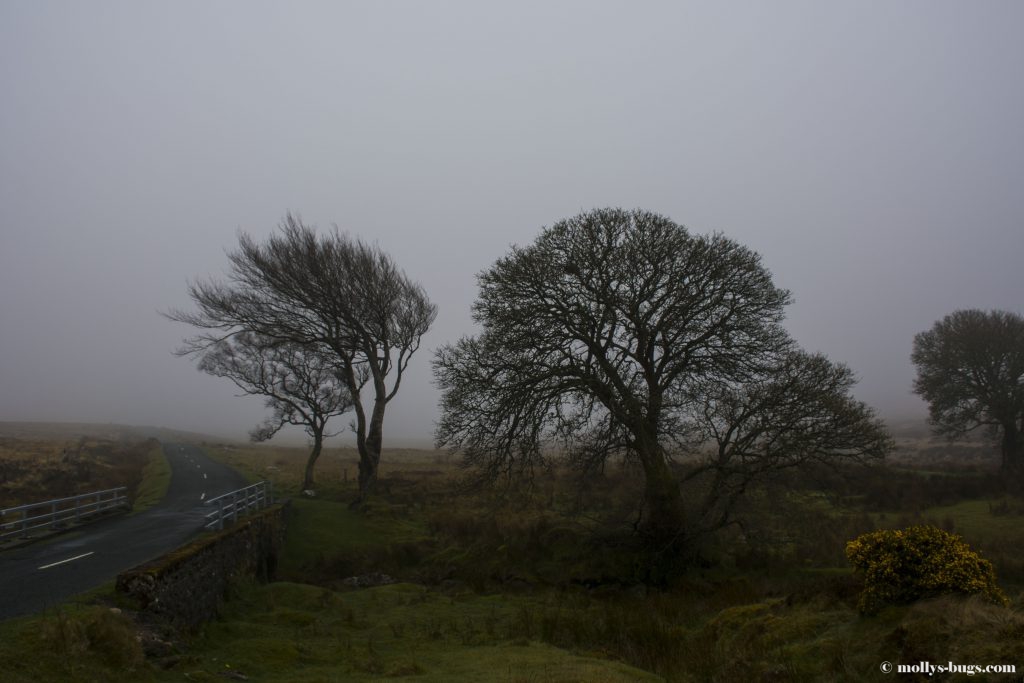
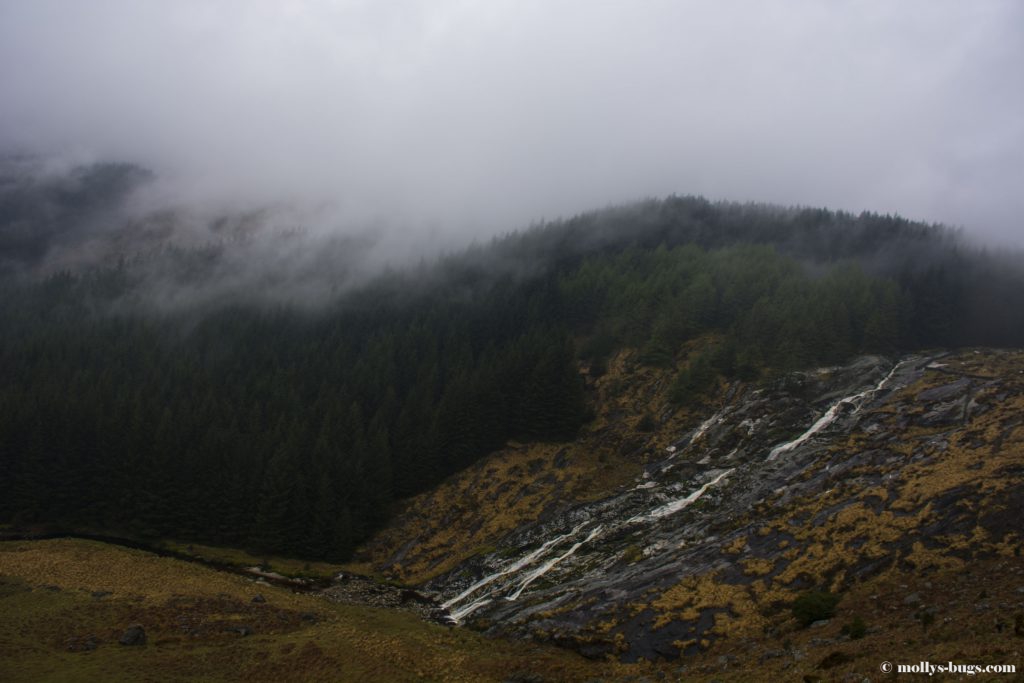
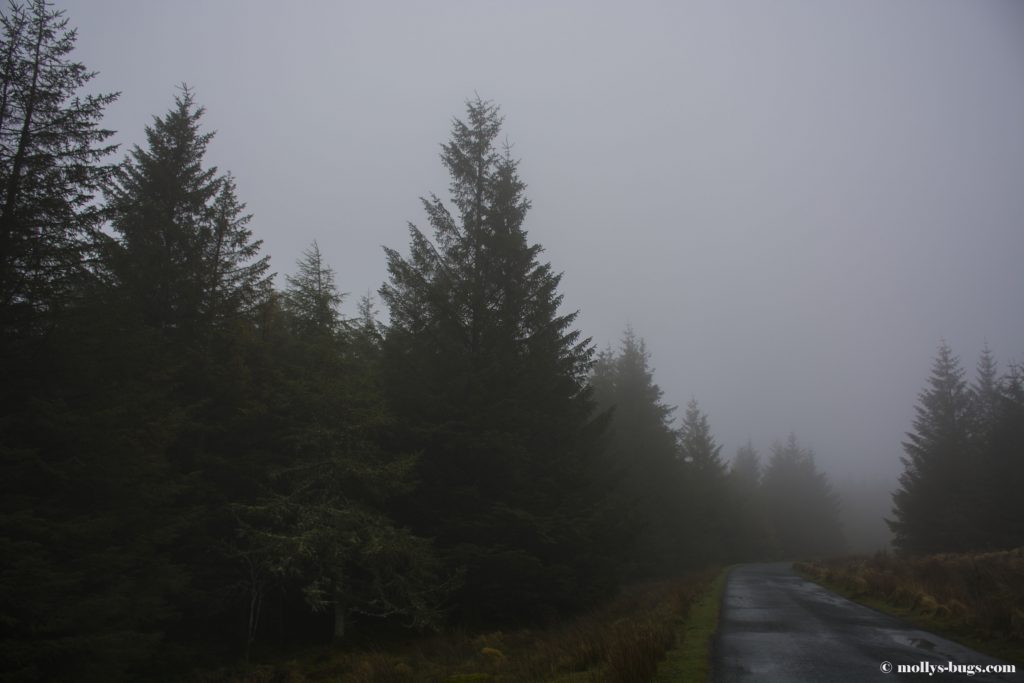
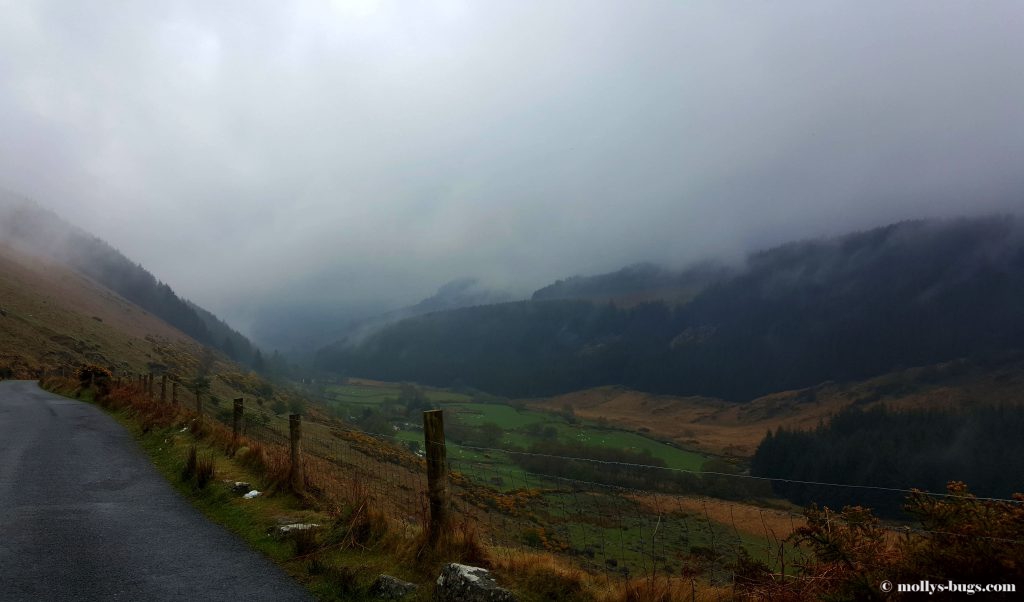
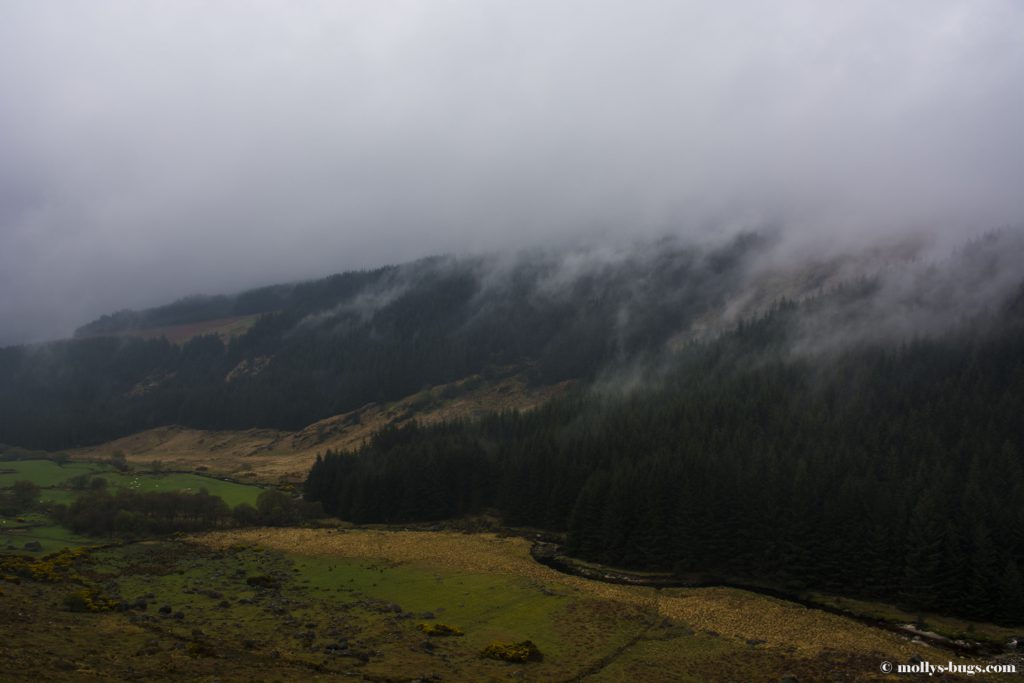
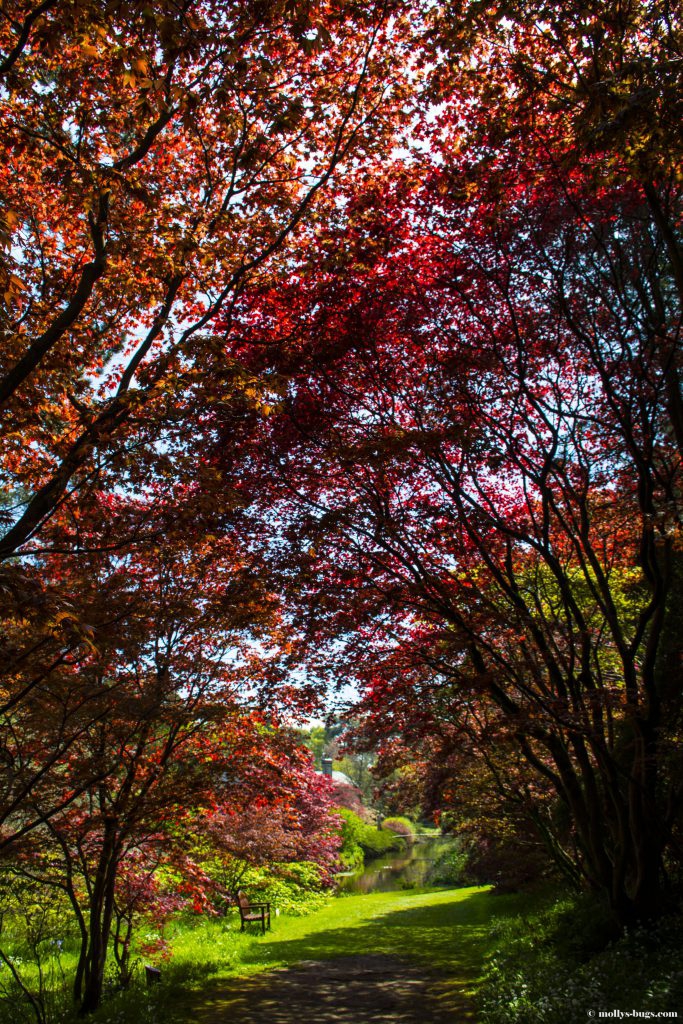
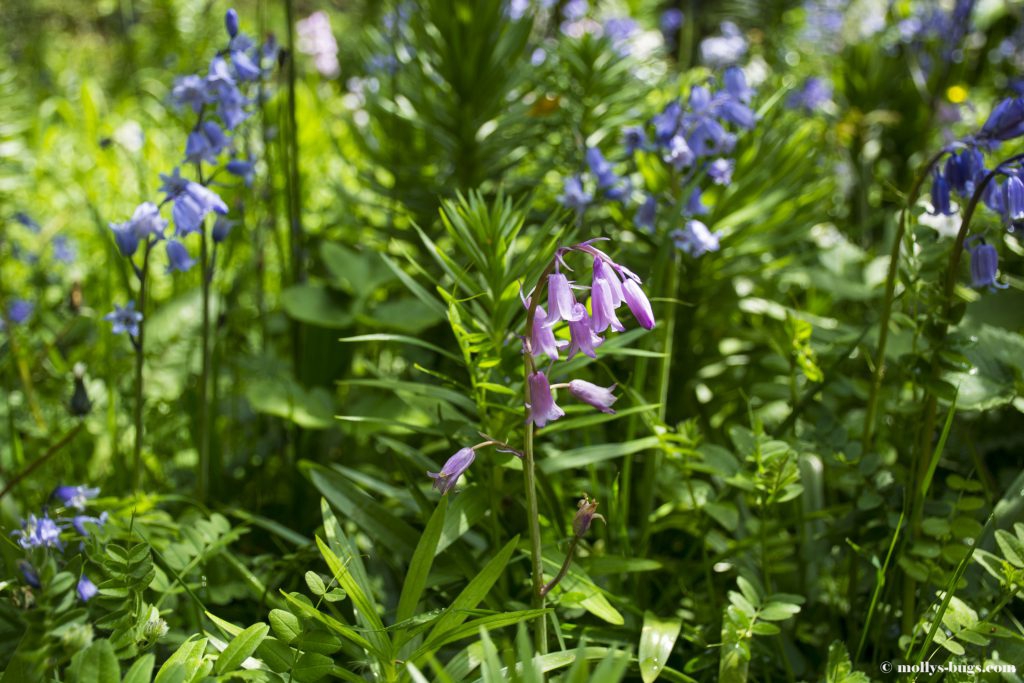
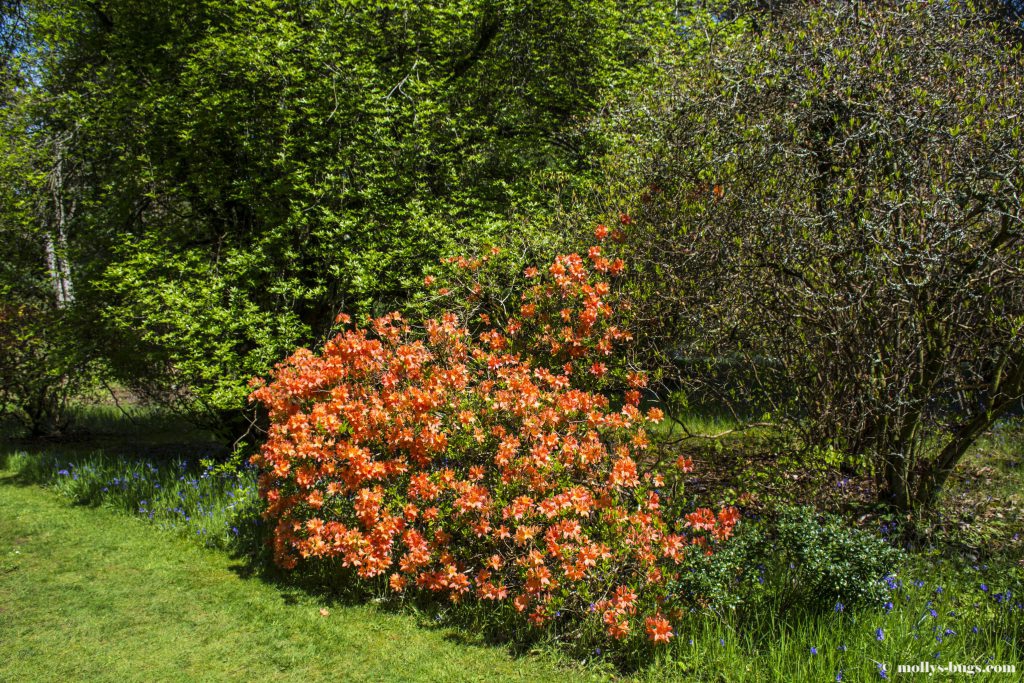
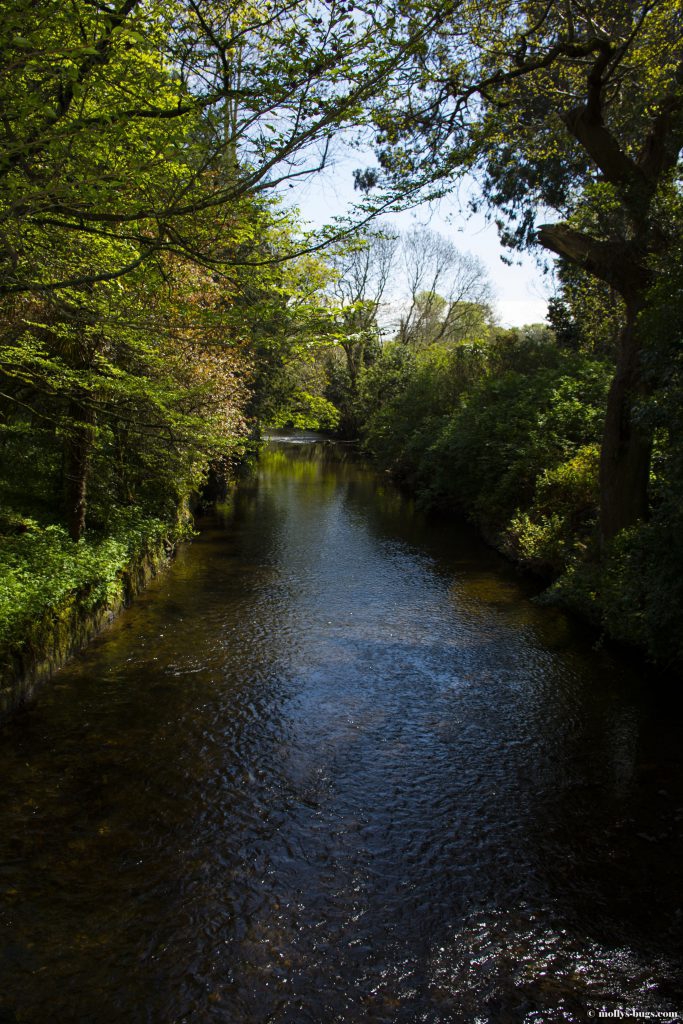
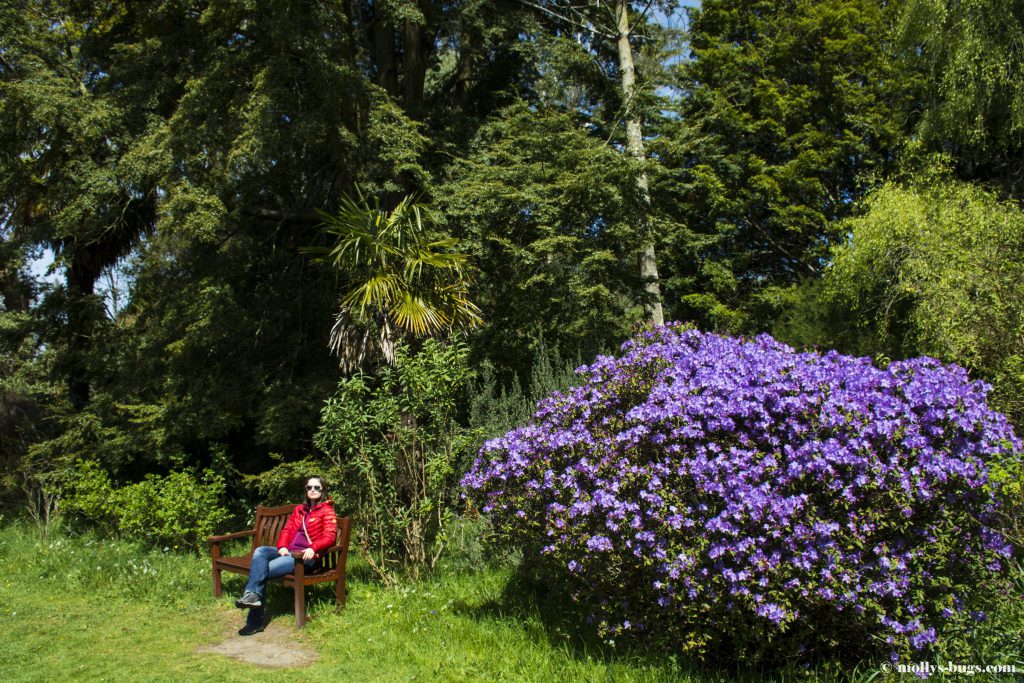
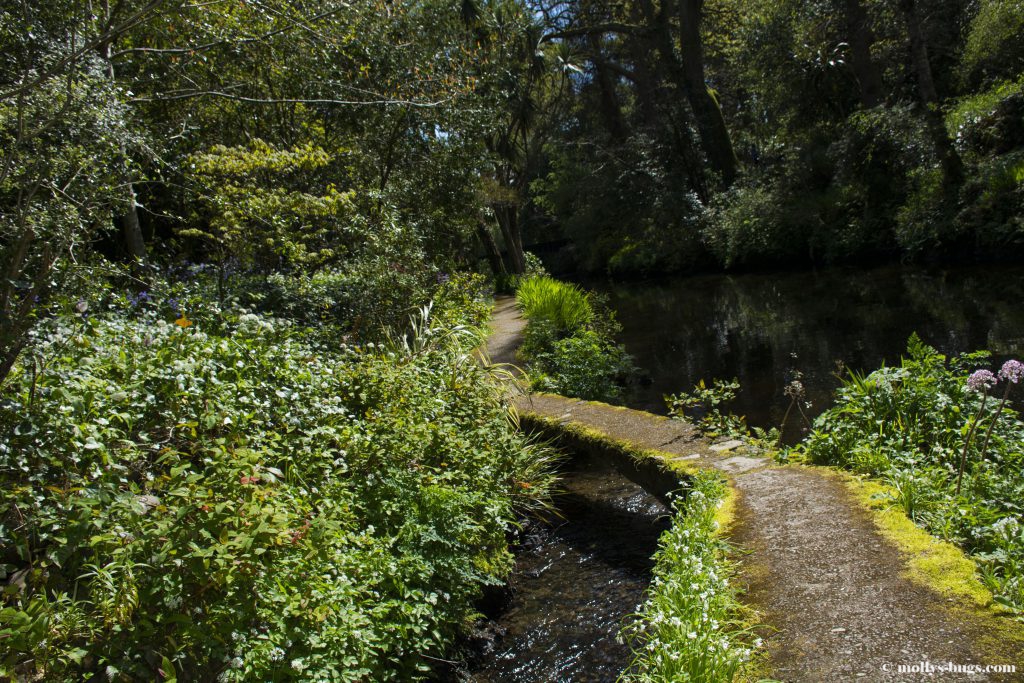
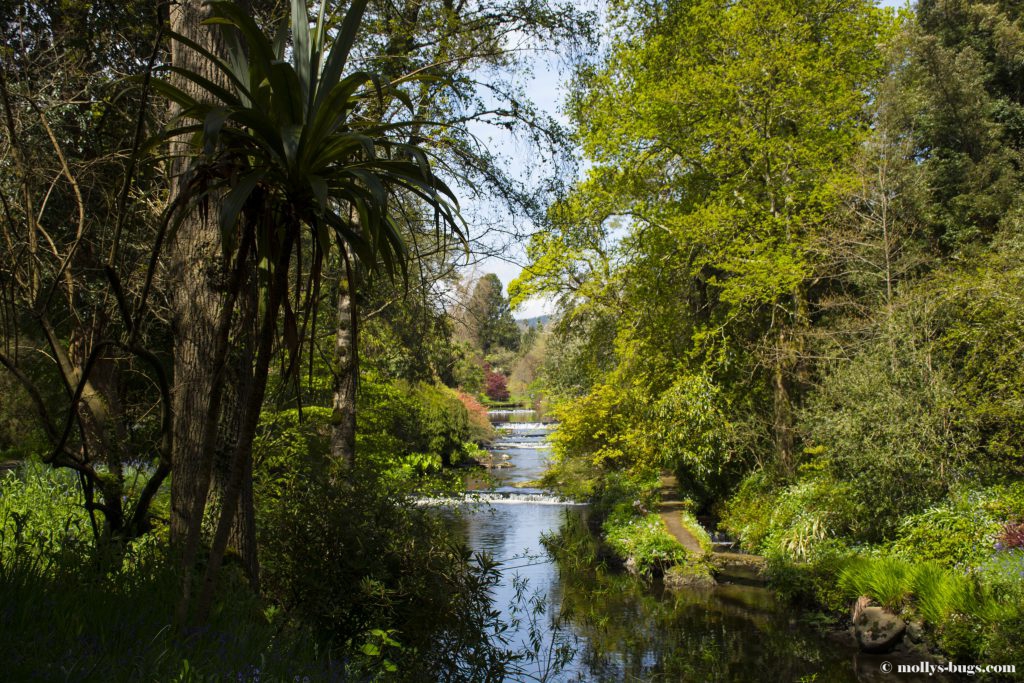




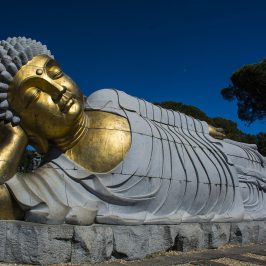


Leave a Reply